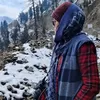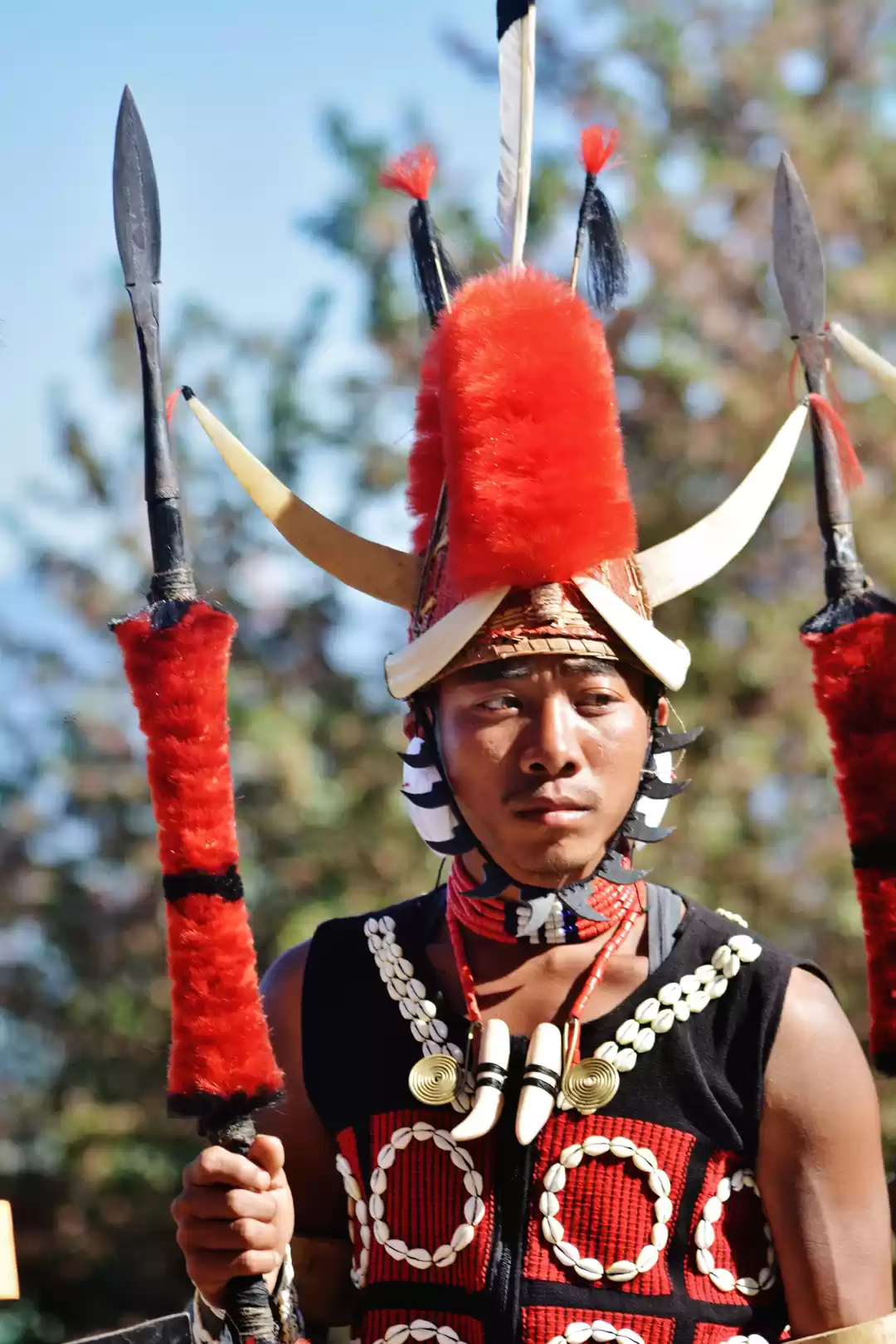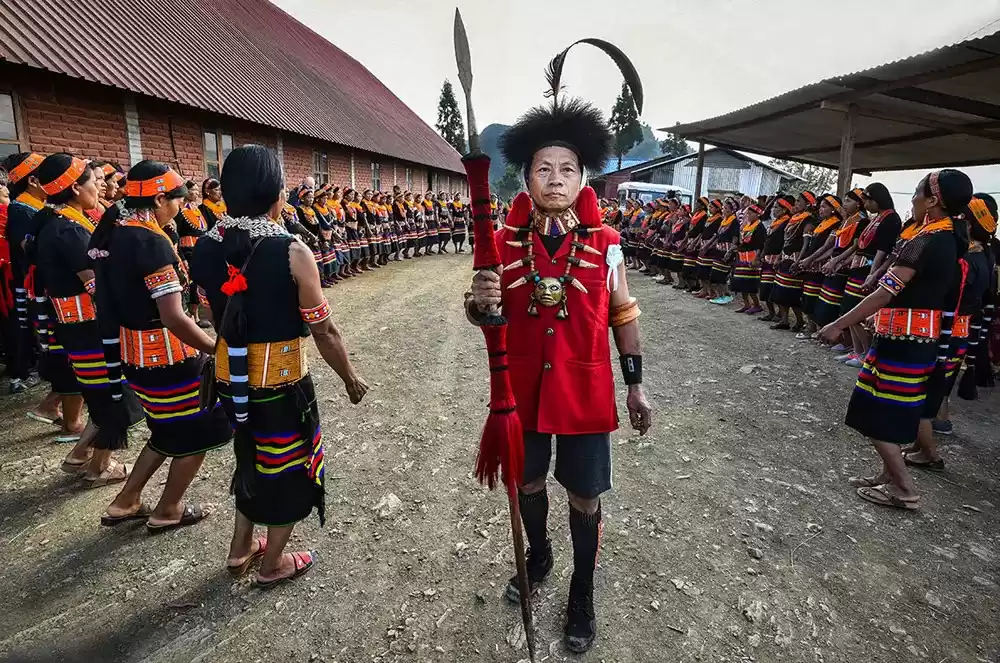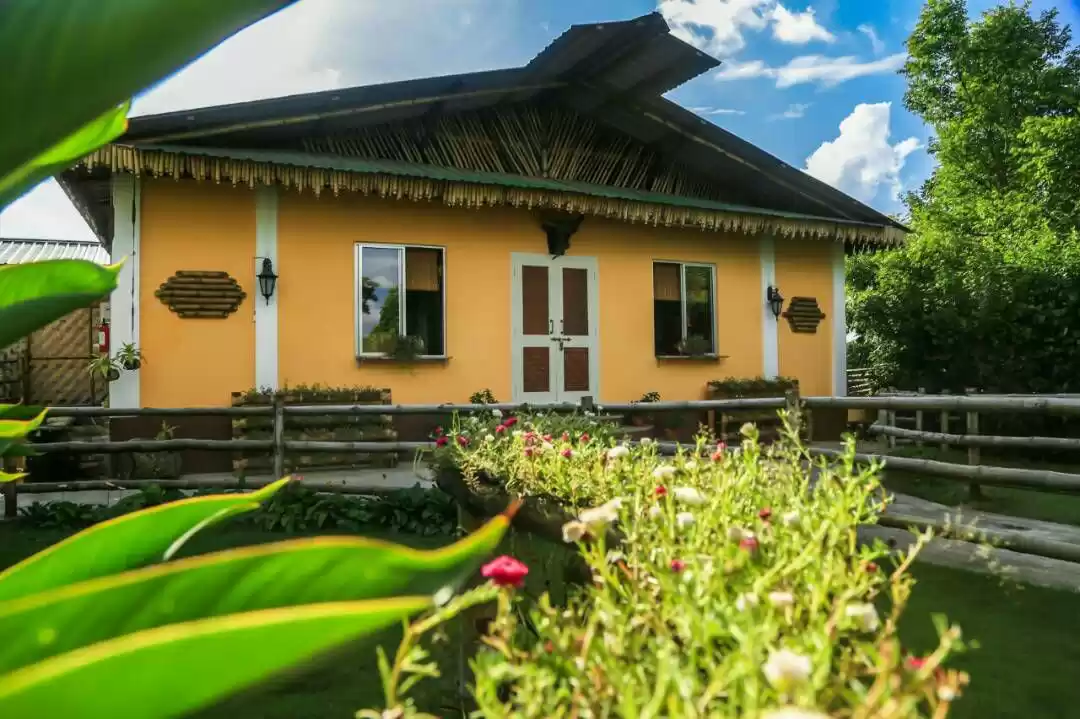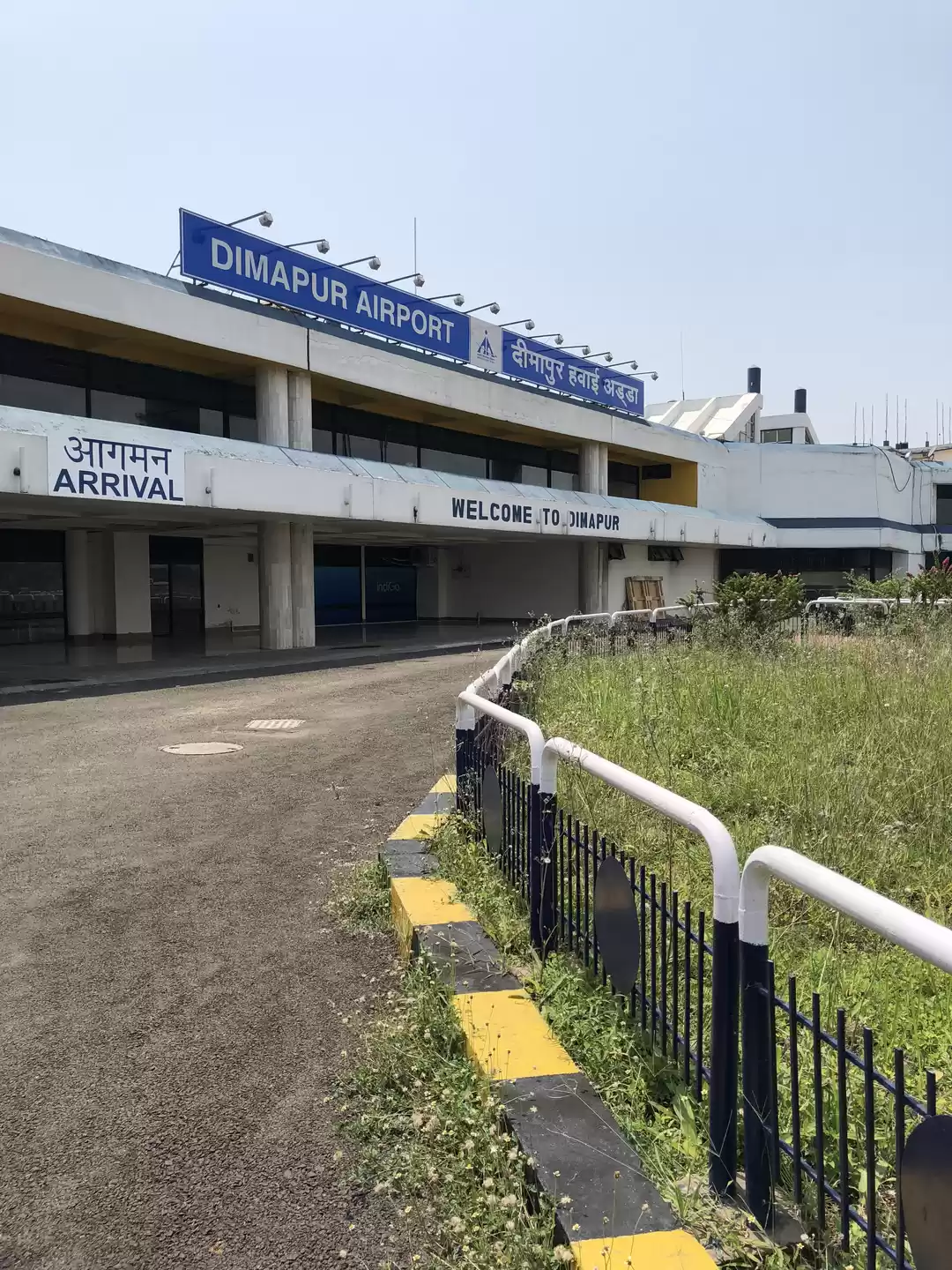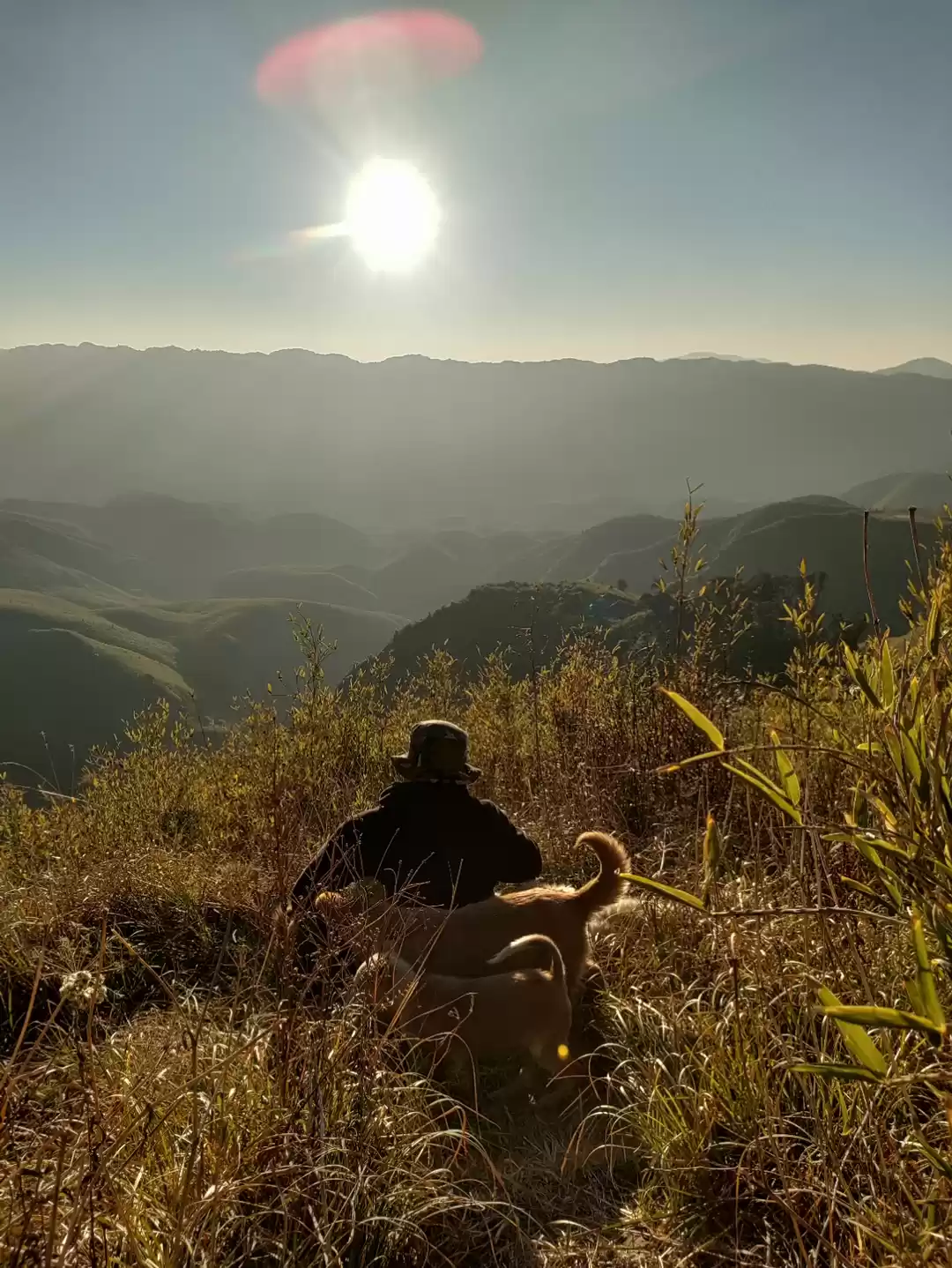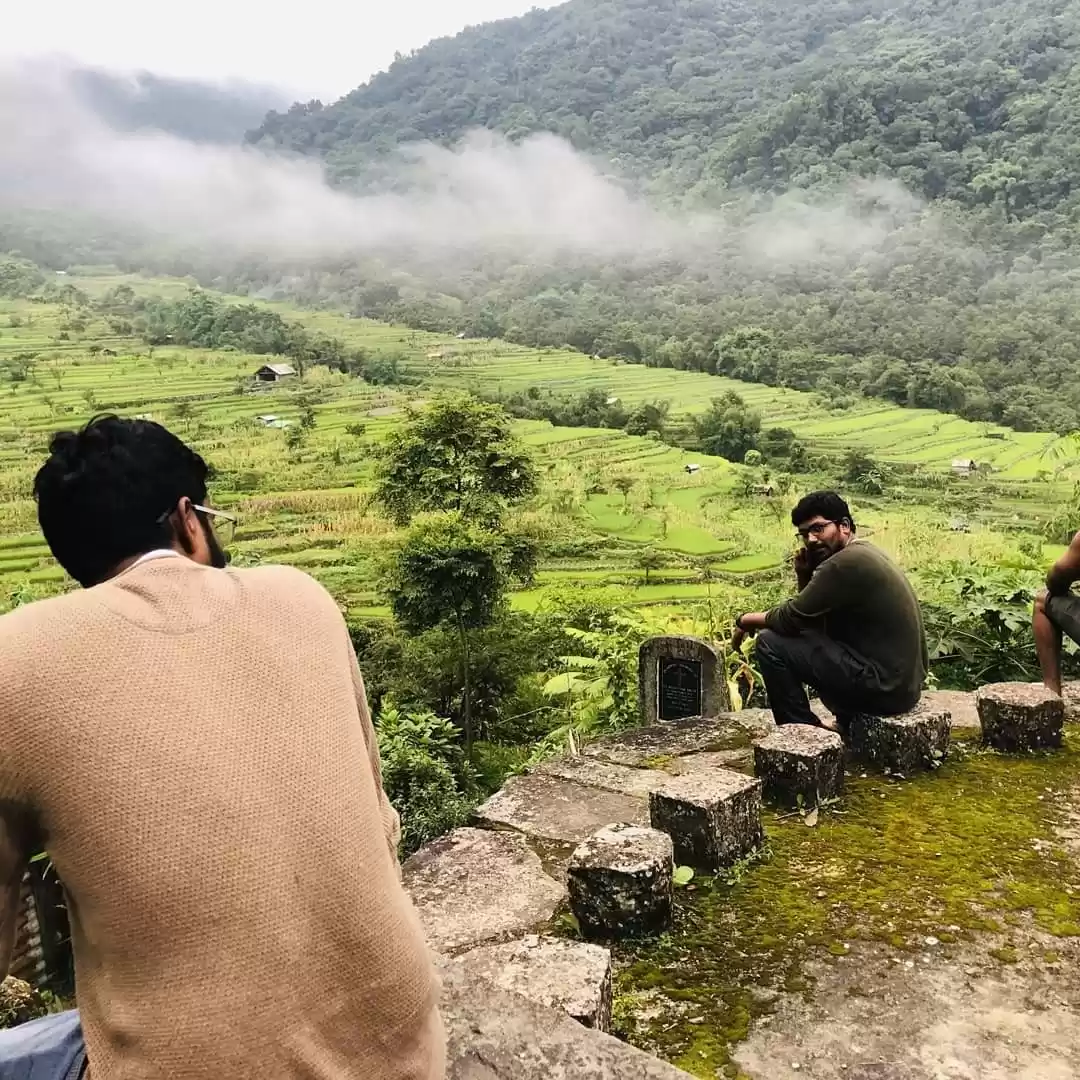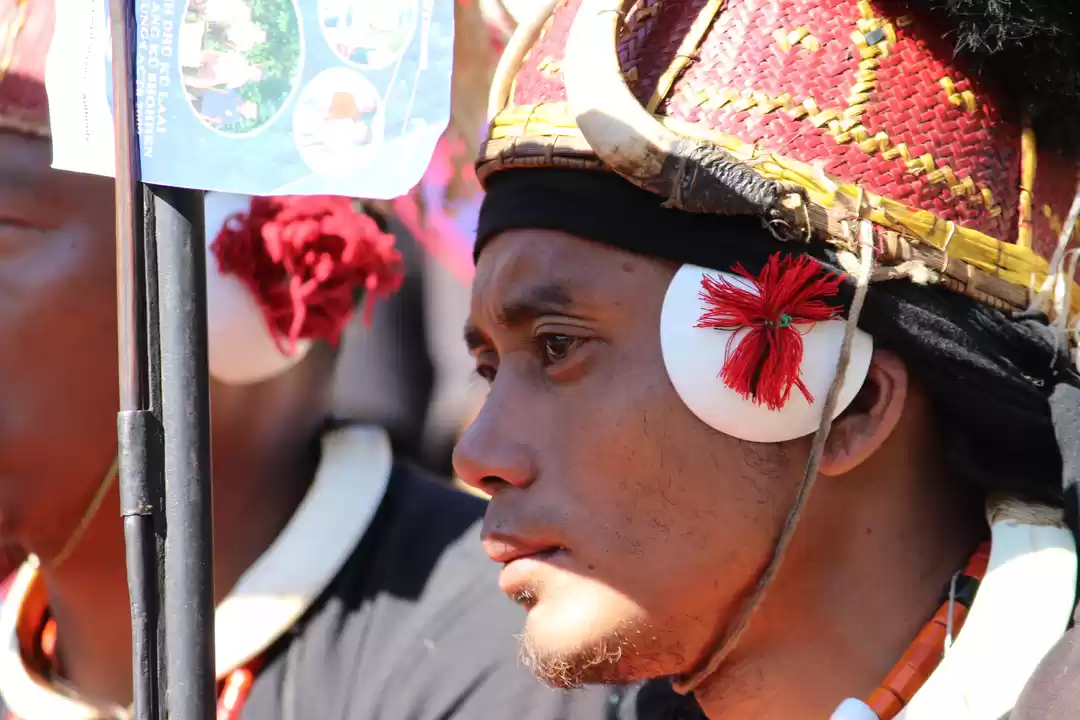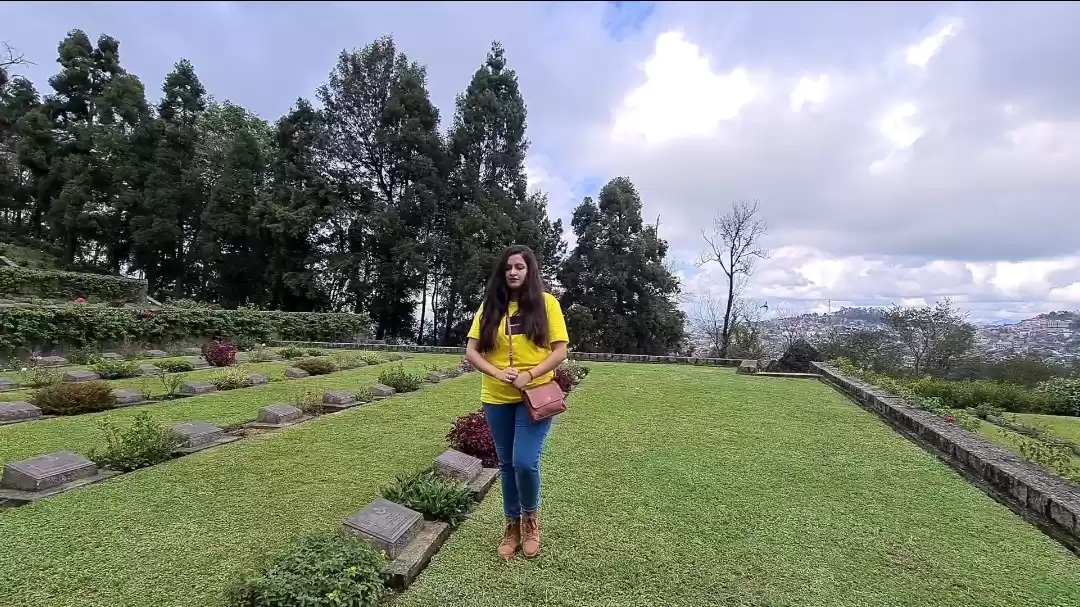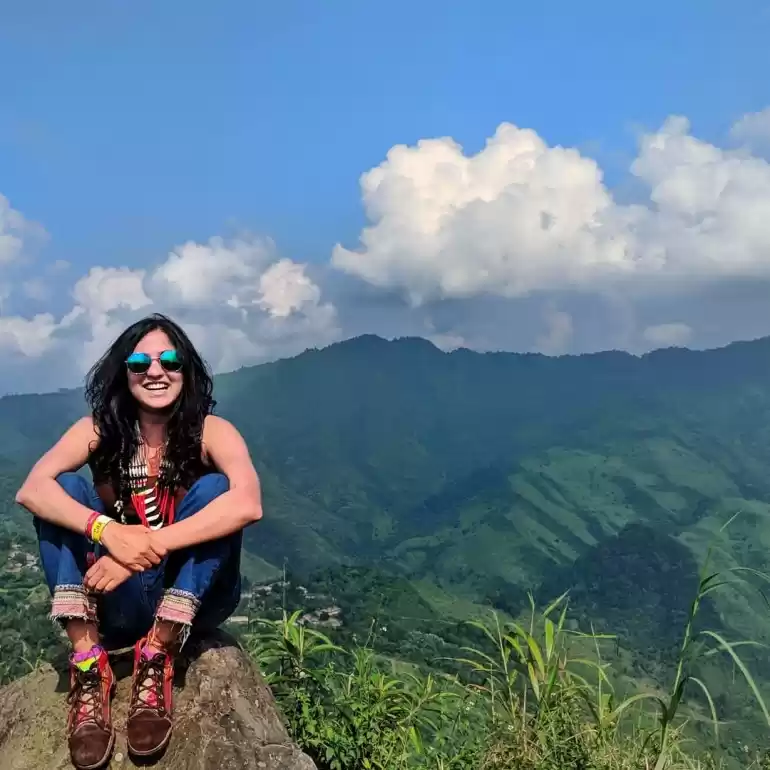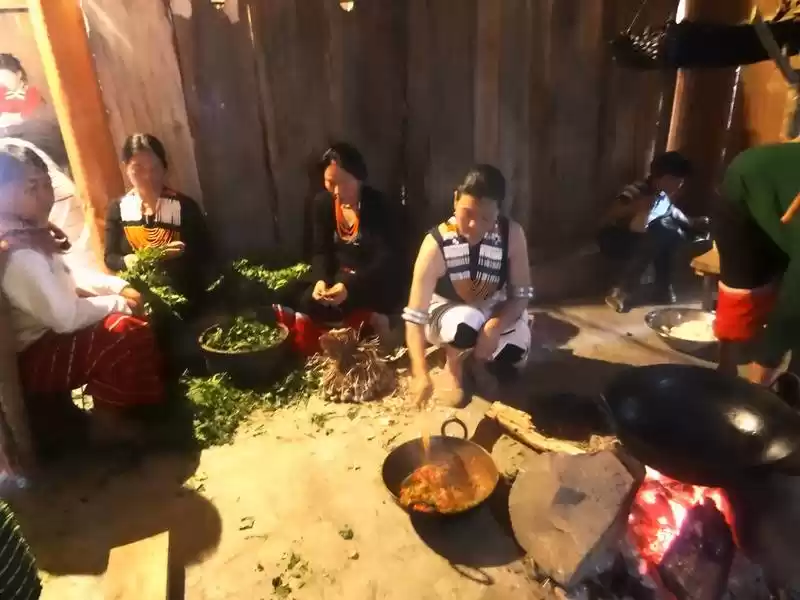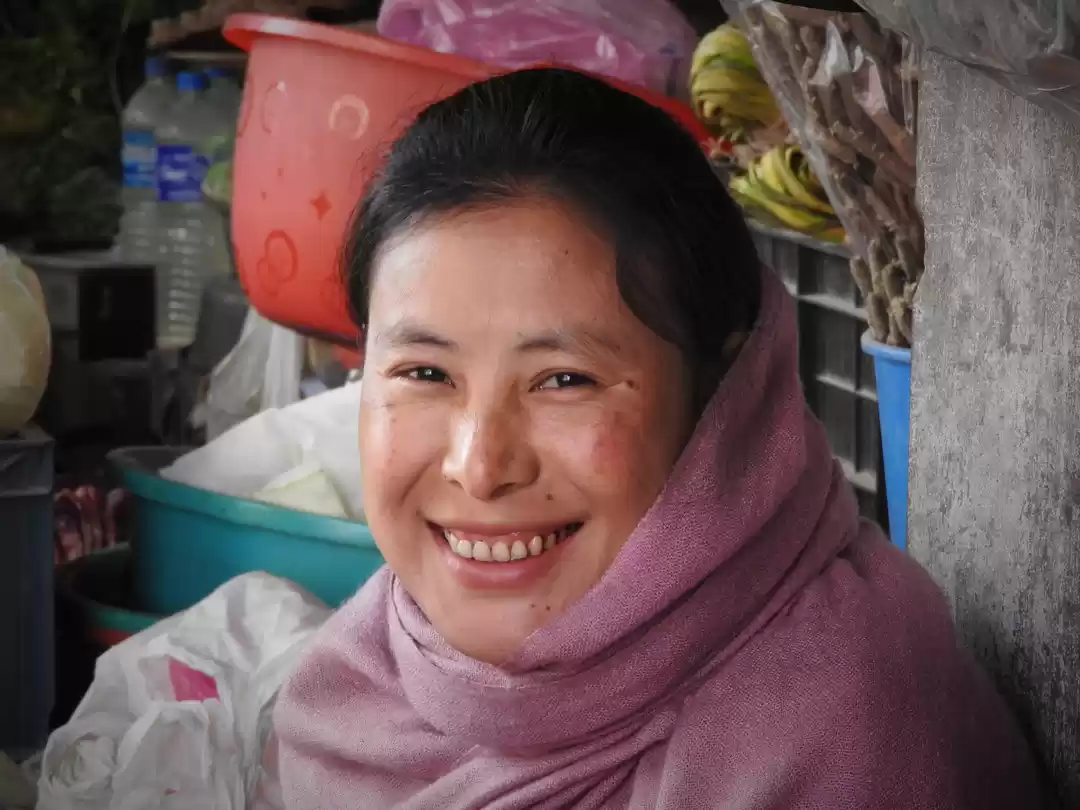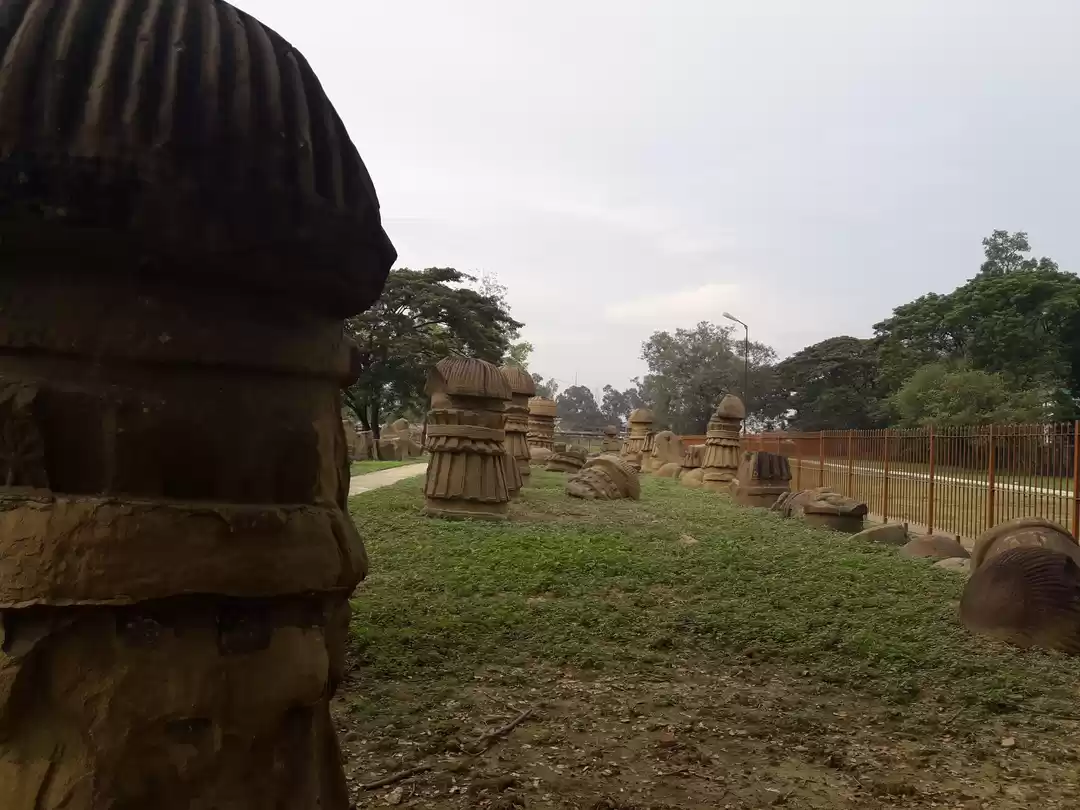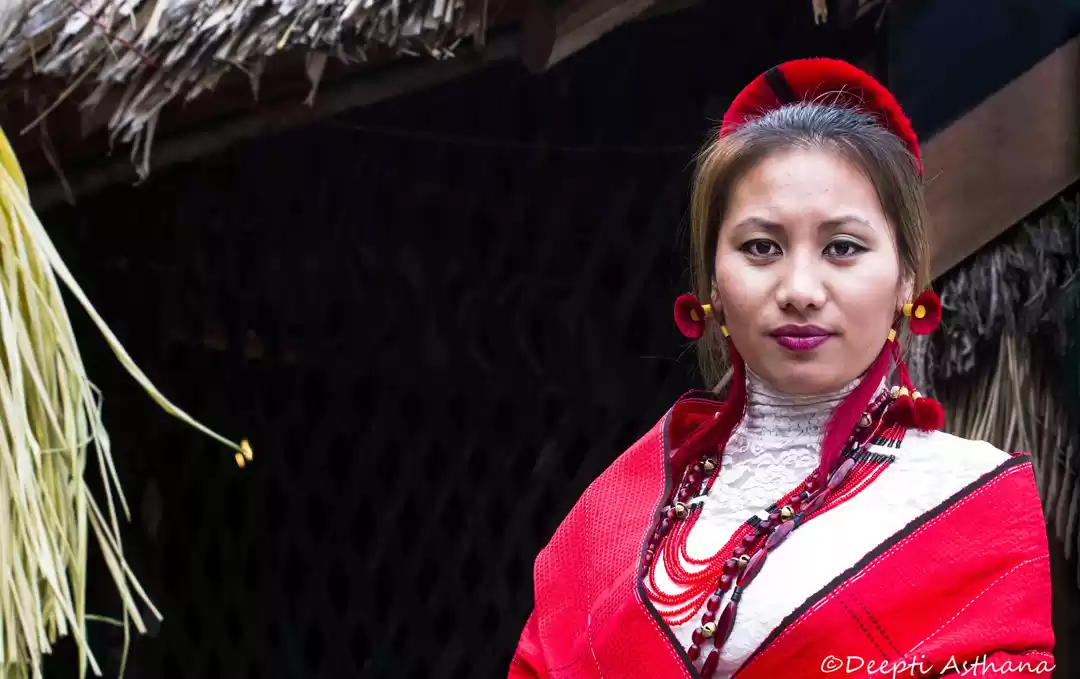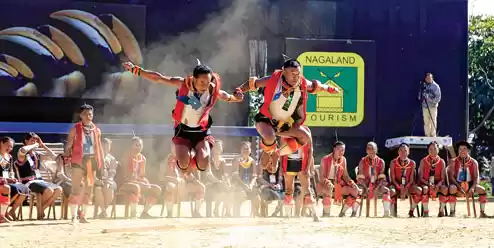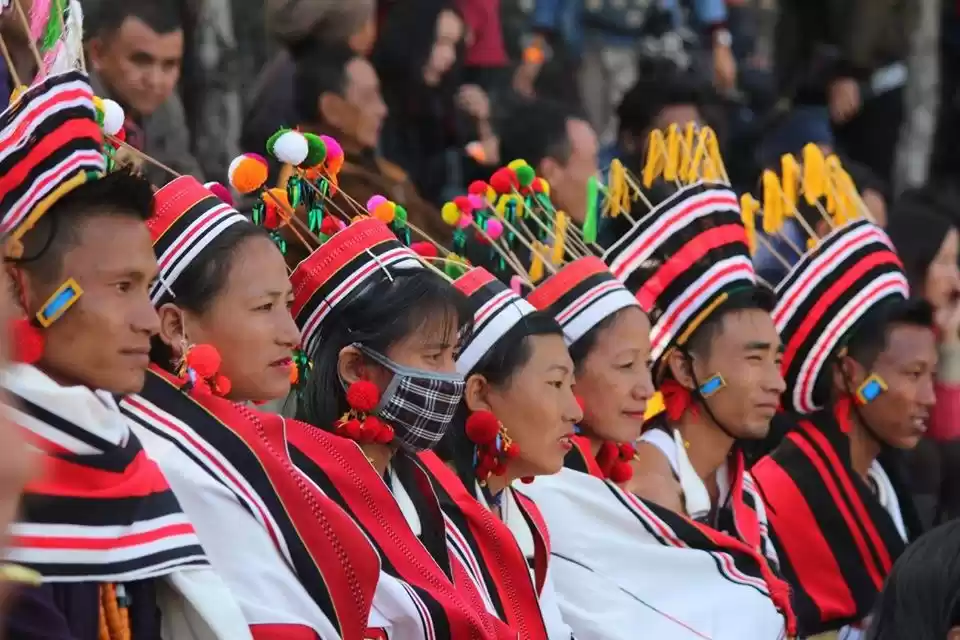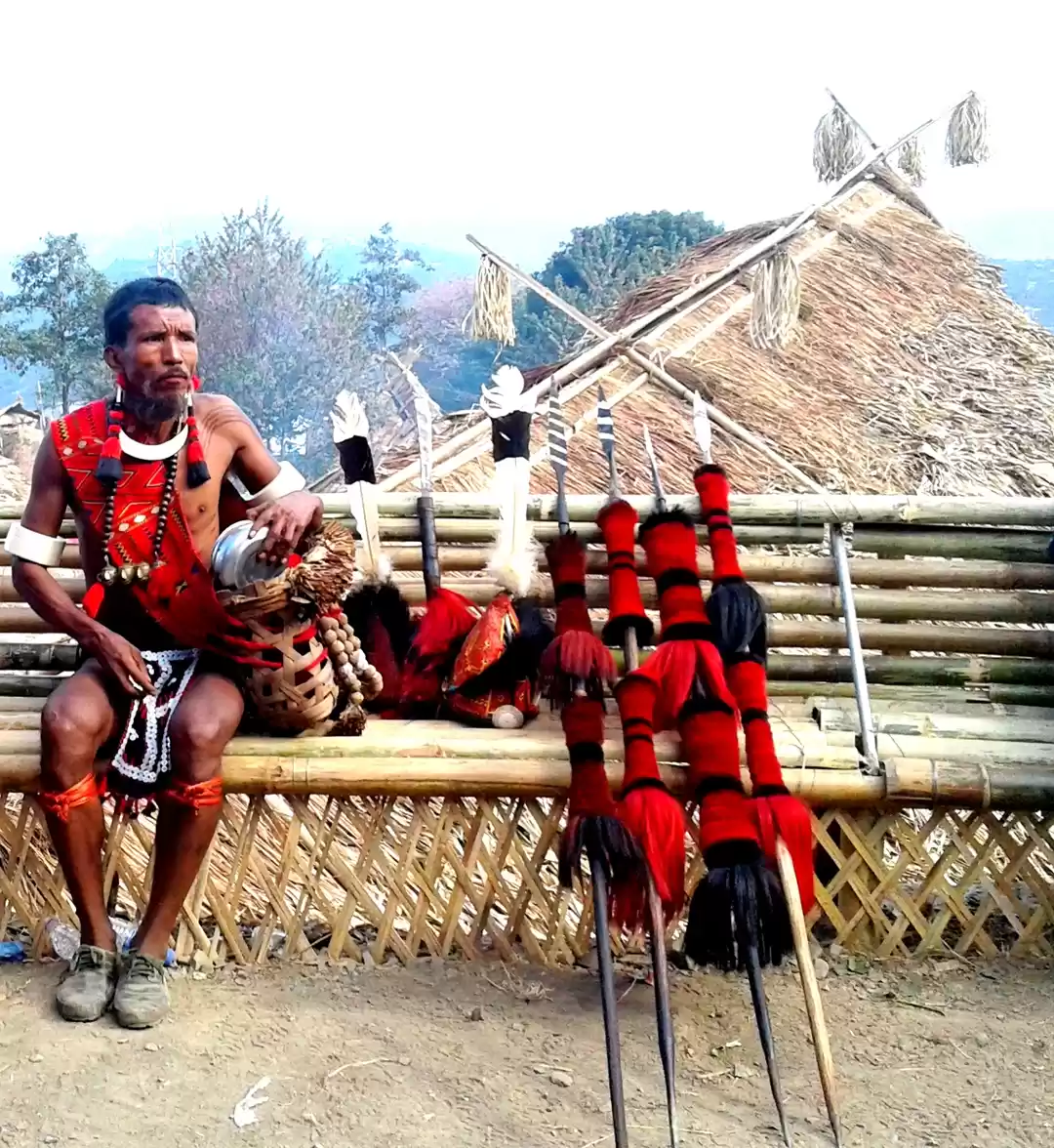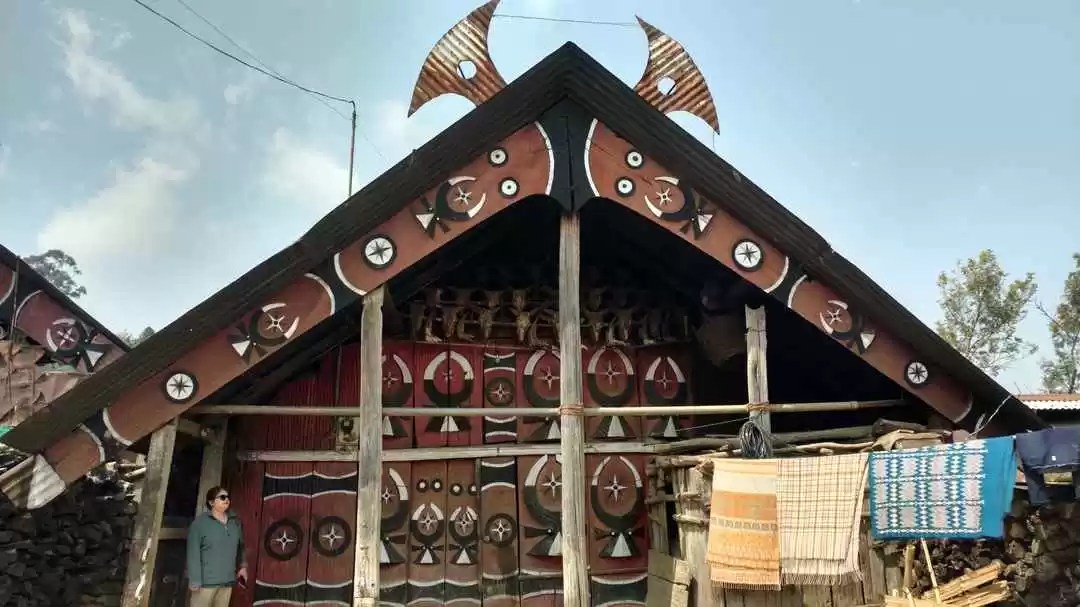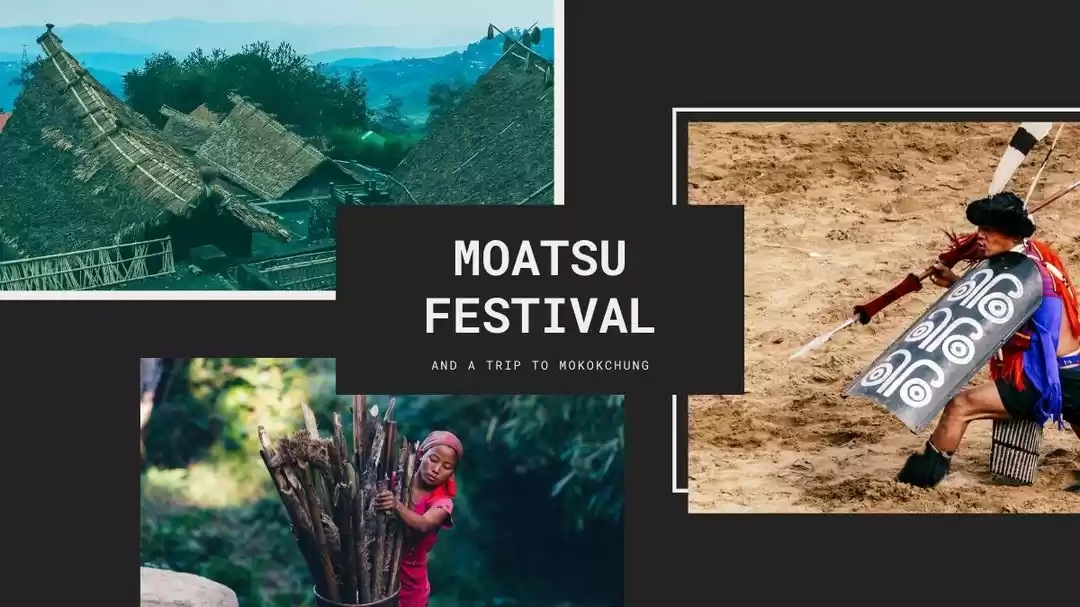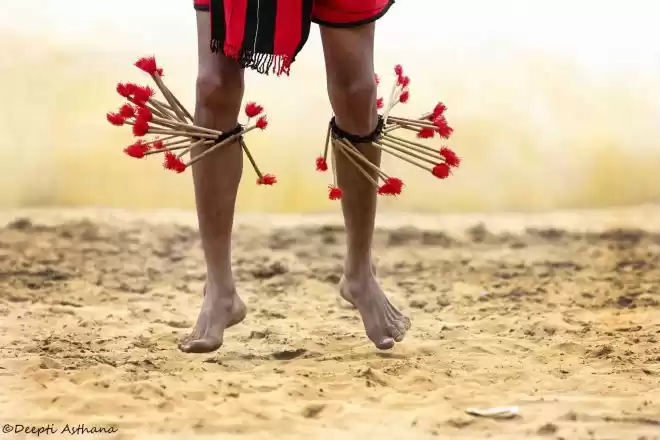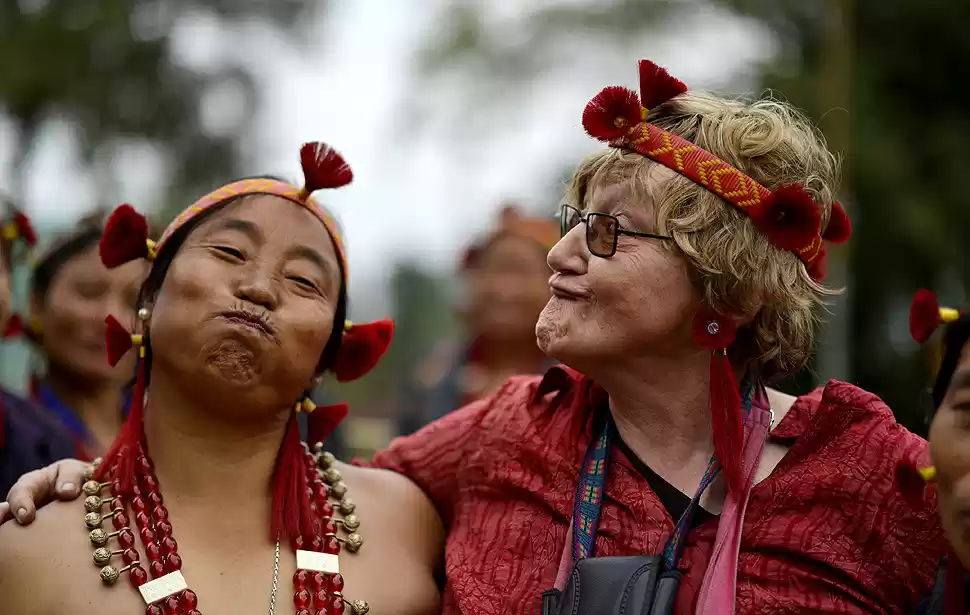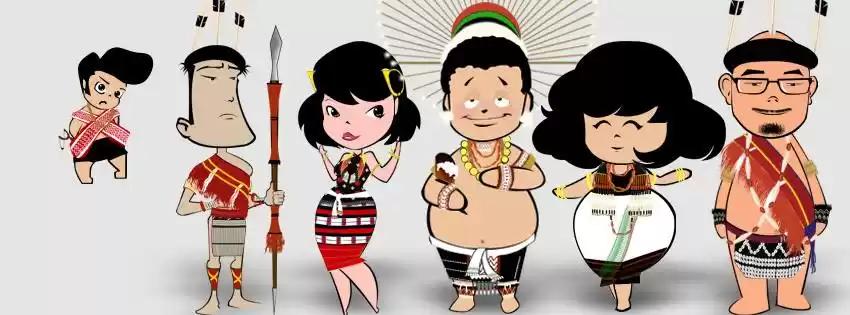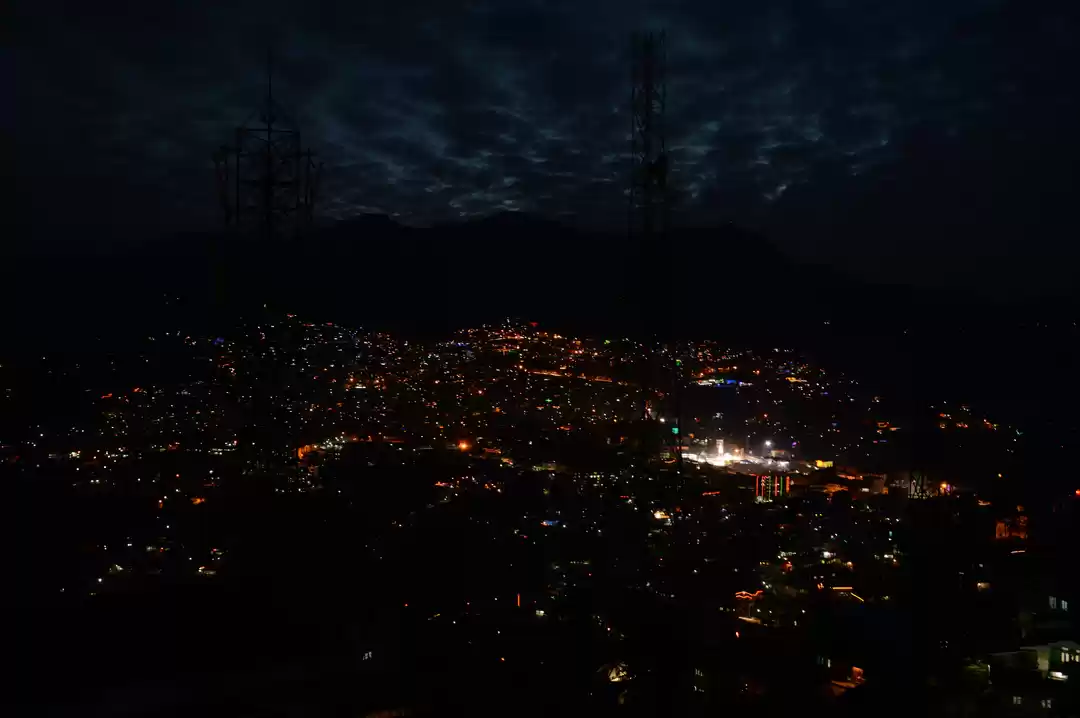
The Nagas: People of Earth,Stone and Water
The origin of Naga people is lost in legend and myth. Some Naga tribes trace their origin to the bowels of the Earth, others to six specific stones and yet others to a water source.
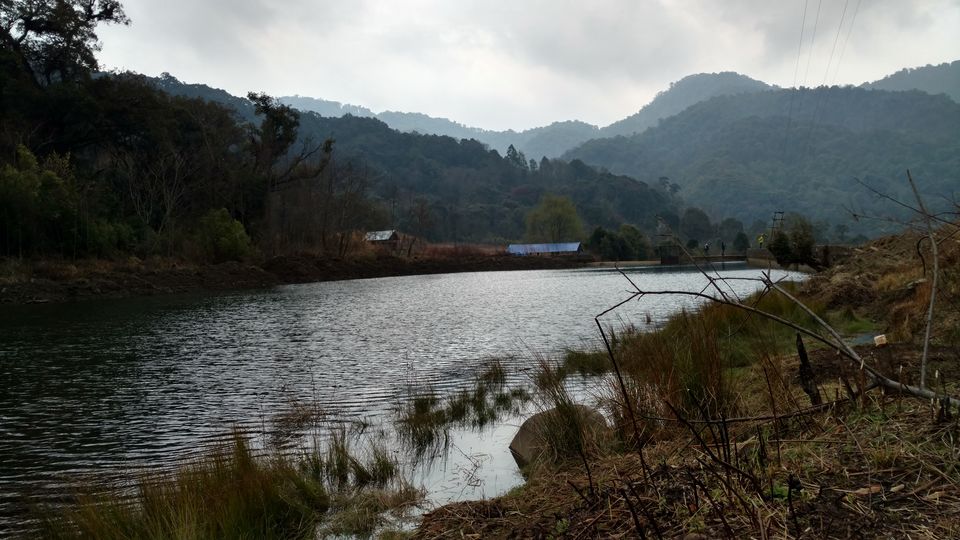
The history of conflict and struggle among the various Naga tribes appears almost similar to 'Game of Thrones', the popular T.V. series currently being featured on HBO. Only in this case the fight was not for the Iron Throne but for land, natural resources and supremacy. The White Walkers, in this case were the invading British !!
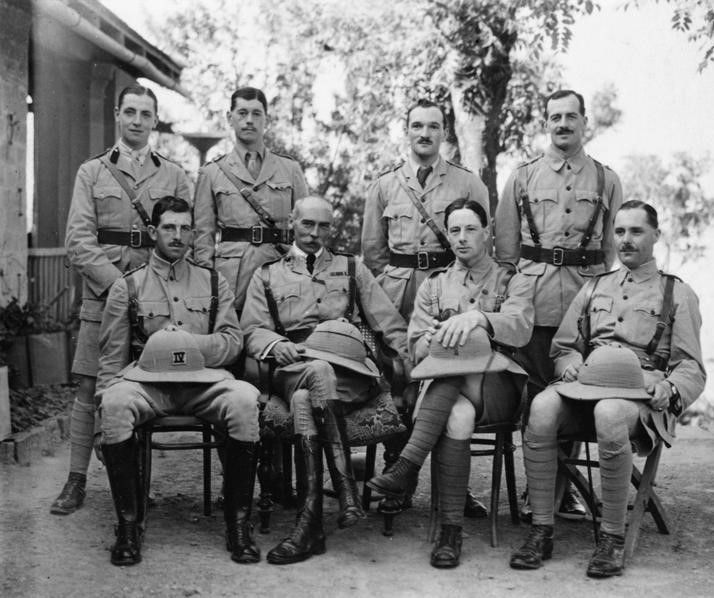
Due to lack of written history, only speculations exist regarding the migratory routes of the Nagas into the Indian sub-continent. The Naga tribes share some aspect of their culture with the indigenous tribes of Indonesia, Phillipines, Malaysia, New Guinea and Polynesia.

There are seventeen major tribes in Nagaland, each occupying a distinct area, have a distinct culture, attire and language. Each Naga tribe has its own legend about their origin. Some excerpts number them to upto 37 which includes sub-tribes as well. However, the exact number of Naga tribes cannot be specified because they are found not only in Nagaland but also in the contiguous areas of the Indian States of Manipur, Assam, Arunachal Pradesh and in the neighboring country Myanmar as well. The reason being that the Naga inhabited areas was divided by the British rulers into different territories.

Some Naga tribes, such as the Khiamungan, Pochury, Sangtam, and Chang regard themselves as original inhabitants of these hills. The Angami, Chakhesang, Lotha, Rengma and Sema tribes have common traditions and myths of origin, and are believed to have originated from a single stock but later on got separated, occupied different hill ranges and gradually acquired separate identities.

We were unable to get accommodation for the Hornbill festival (which apparently gets booked a year in advance !!). This festival showcases various cultural aspects of major Naga tribes. So we pre-poned our Nagaland trip to March and had to make do with visiting the Nagaland State Museum at Kohima and Naga Heritage Village at Kisama, to get to know a little about the fascinating tribes of Nagalnd. Here I present some information and photographs of some of the Naga tribes, each equally interesting and each with a rich cultural heritage :
1. Angami
2. Ao
3. Chakhesang
4. Chang
5. Khiamniungan
6. Konyak
7. Lotha
8. Phom
9. Rengma
10. Sangtam
11. Sumi
12. Yimchunger
13. Zeme
THE ANGAMI : Unbowed, Unbent, Unbroken
The origin of the word 'Naga' is contested. Some believe it originated from the Burmese word 'Naka' meaning people with ear rings. Others think its origin is from Sanskrit word 'Nagna' meaning naked.
The Angamis are a major Naga ethnic group of the Naga tribe. The Angamis were traditional warriors and the menfolk spent most of their time preparing for and fighting battles with other hostile Naga tribes and taking their heads. The Angami warriors were among the fiercest and stood up bravely against the British forces in the battle of Khonoma in 1879.
The Angami Nagas are settled in Kohima District and Dimapur District of Nagaland. They are also one of the recognized ethnic groups in the state of Manipur. Tenyidie is the most common language spoken among the Angamis in Nagaland.

The Sekrenyi festival, known locally as Phousanyi, is a major annual festival of the Angami Nagas. It is normally celebrated on 25 February under the auspices of the Angami Public Organisation in association with many other organizations and the state government. It is a "purification festival" held to wash off all past sins. The objective of the festival is to renew and "make holy" by cleansing the "body and the soul" of the village as a whole, and to bring forth unity among all communities of Nagaland. It also marks the initiation of young people to adulthood and is considered an "identity marker of the Angami"
THE AO: Here We Stand
Most Nagas are literate and English is widely spoken.
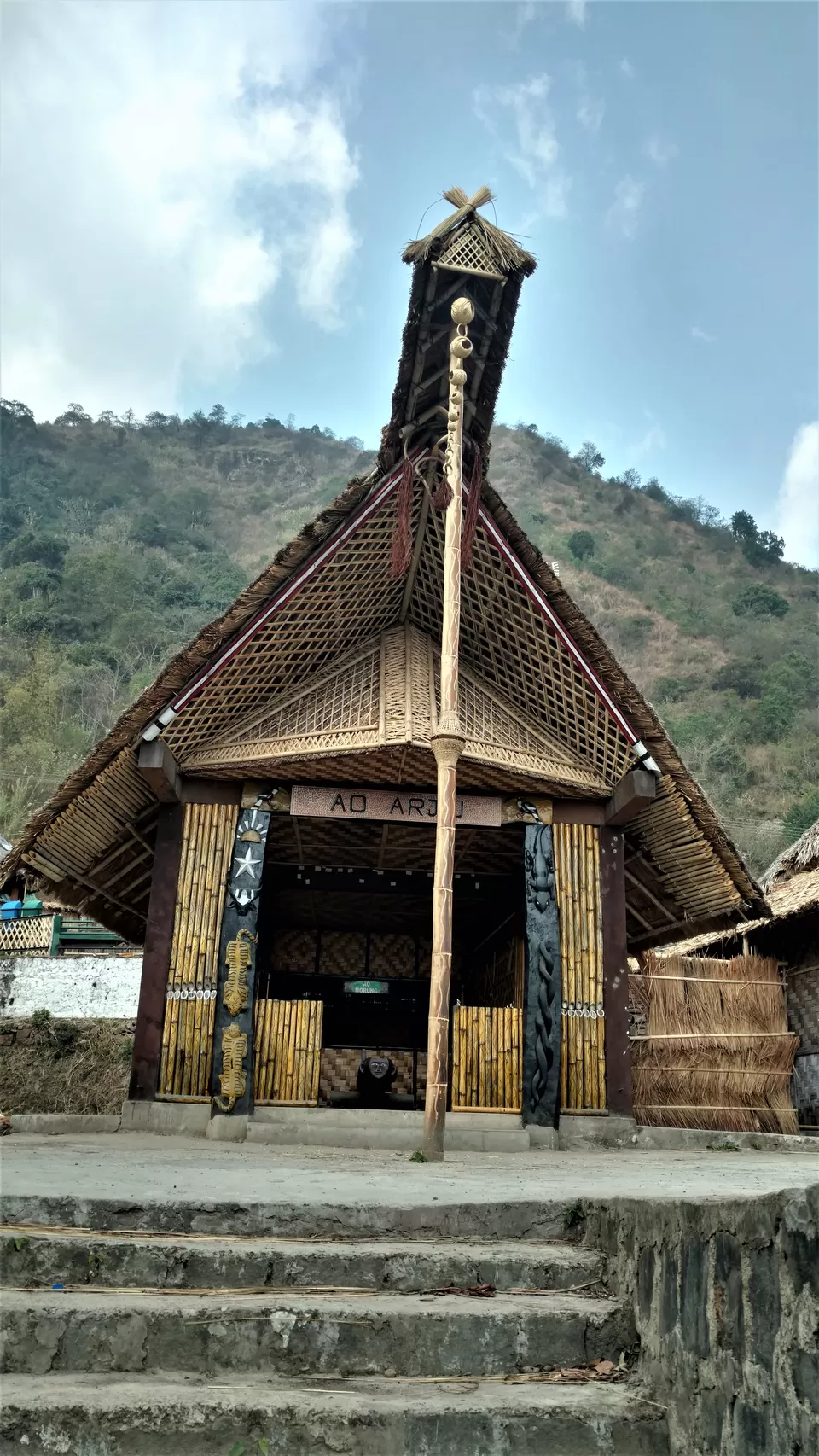
The Ao Naga were among the first converts to Christianity. However many continue to follow animism attributing a living soul to plants, inanimate objects and natural phenomena. Ao Nagas are found in the north-eastern part of Nagaland, mostly in the central Mokokchung District, a few are found in the adjacent Assam state. Moatsu and Tsungremong are their major festivals which are celebrated in May and August.
THE CHAKHESANG: Brave and Beautiful
There are several rhythmic instruments that aptly accompany the Naga music. The area's folk music is dominated by string instruments like the Tati (single string fiddle) and Theku among the Chakhesangs and Angami Nagas, Asem (drum with animal skin masked upon carved wood) and Jemji (Horn made using mithun horn).

Music is an integral part of Naga culture and the Tetseo sisters, belonging to the Chakhesang tribe of Nagaland have kept their ancestral musical legacy alive.
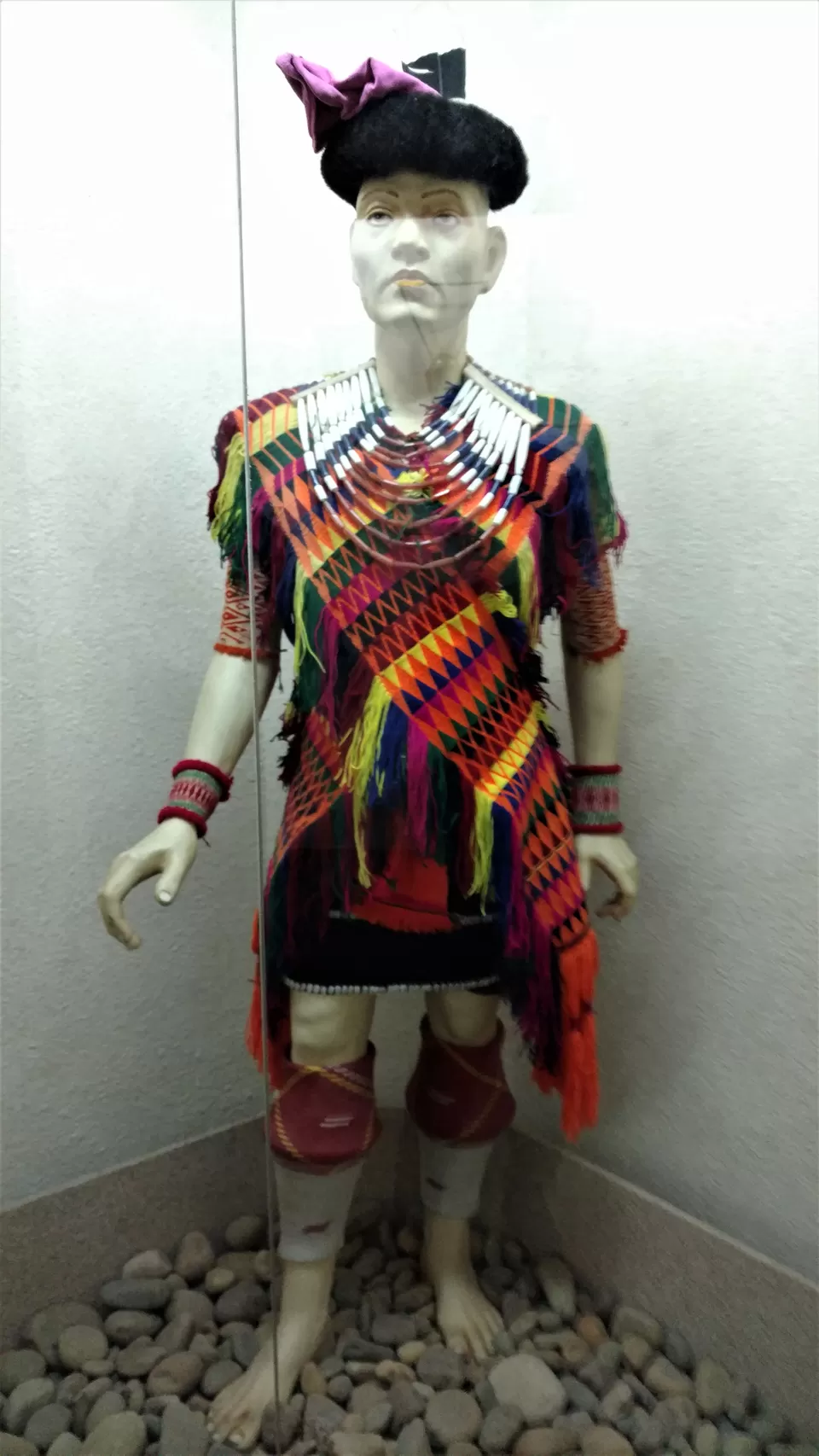
Chakhesangs are the former Eastern Angamis, now recognized as a separate tribe. They speak Chokri. The tribe is divided into two groups known as Chokri and Khezha. The name "Chakhesang" was created as an acronym from the names of three tribes: the Chokri, Khezha and Sangtam.
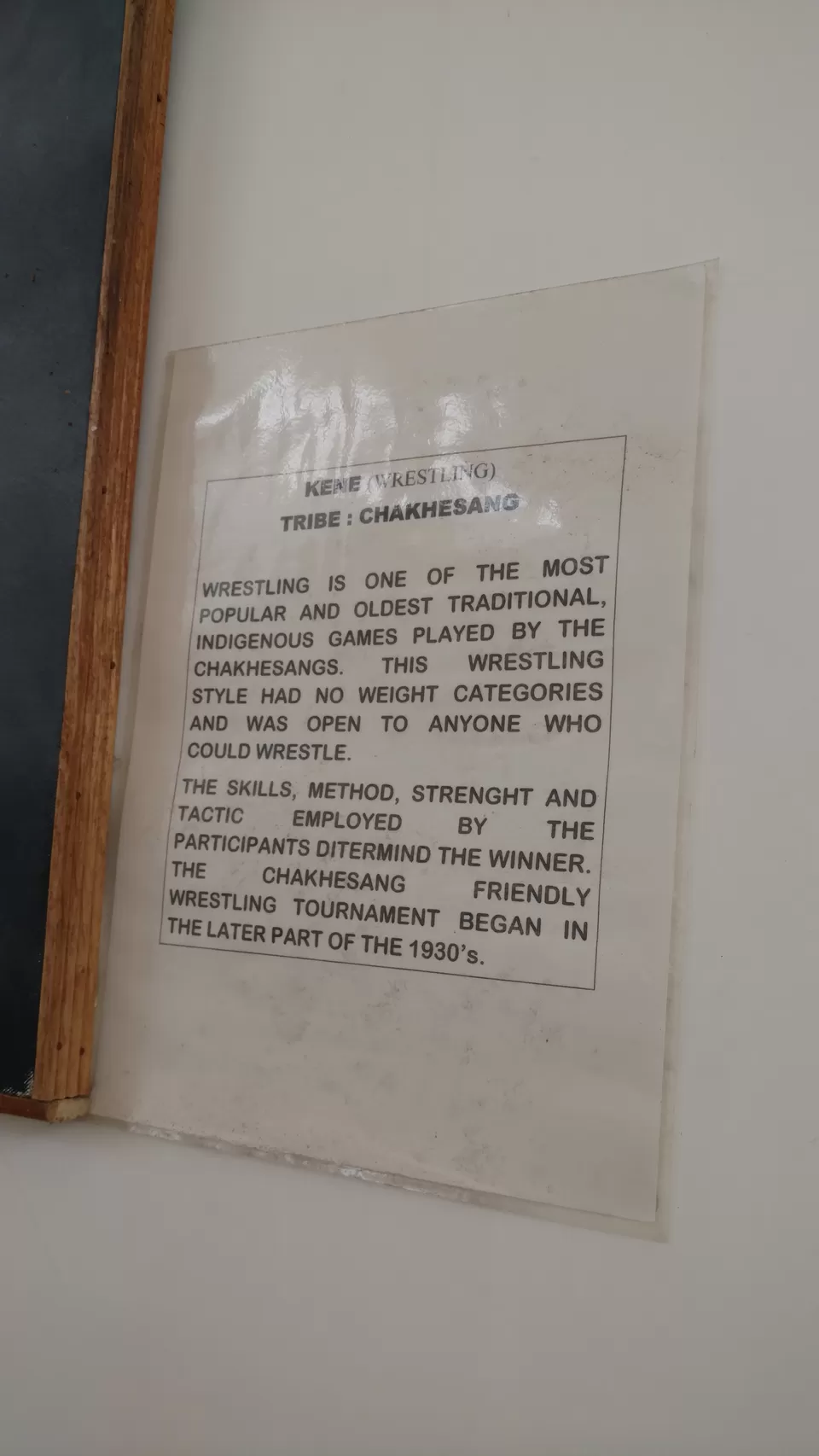

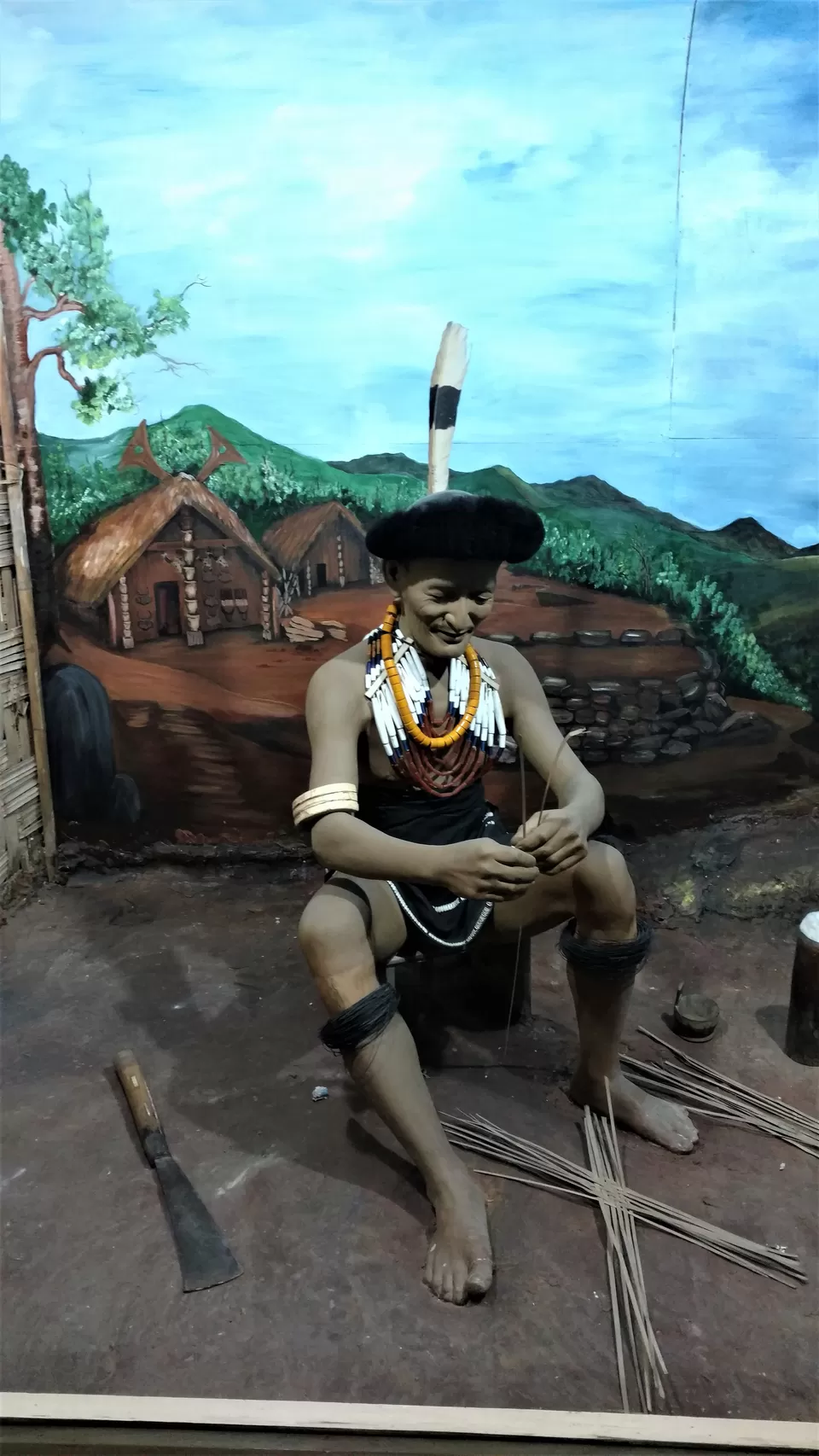
Most of the villages of this tribe fall within Phek district of Nagaland though two Chakhesang villages are in Ukhrul district, Manipur. Tsukhenyie, Sekrenyi are their major festivals which are celebrated in April and January.
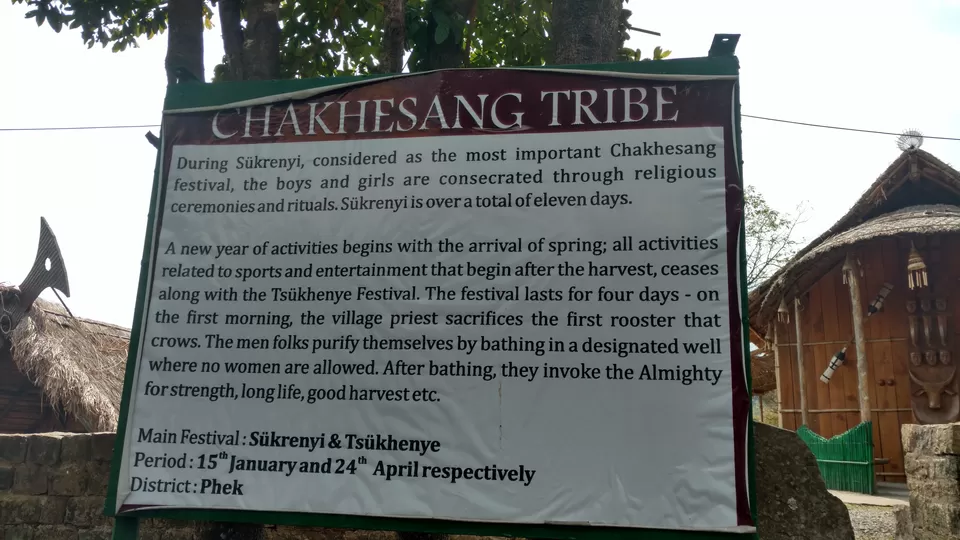
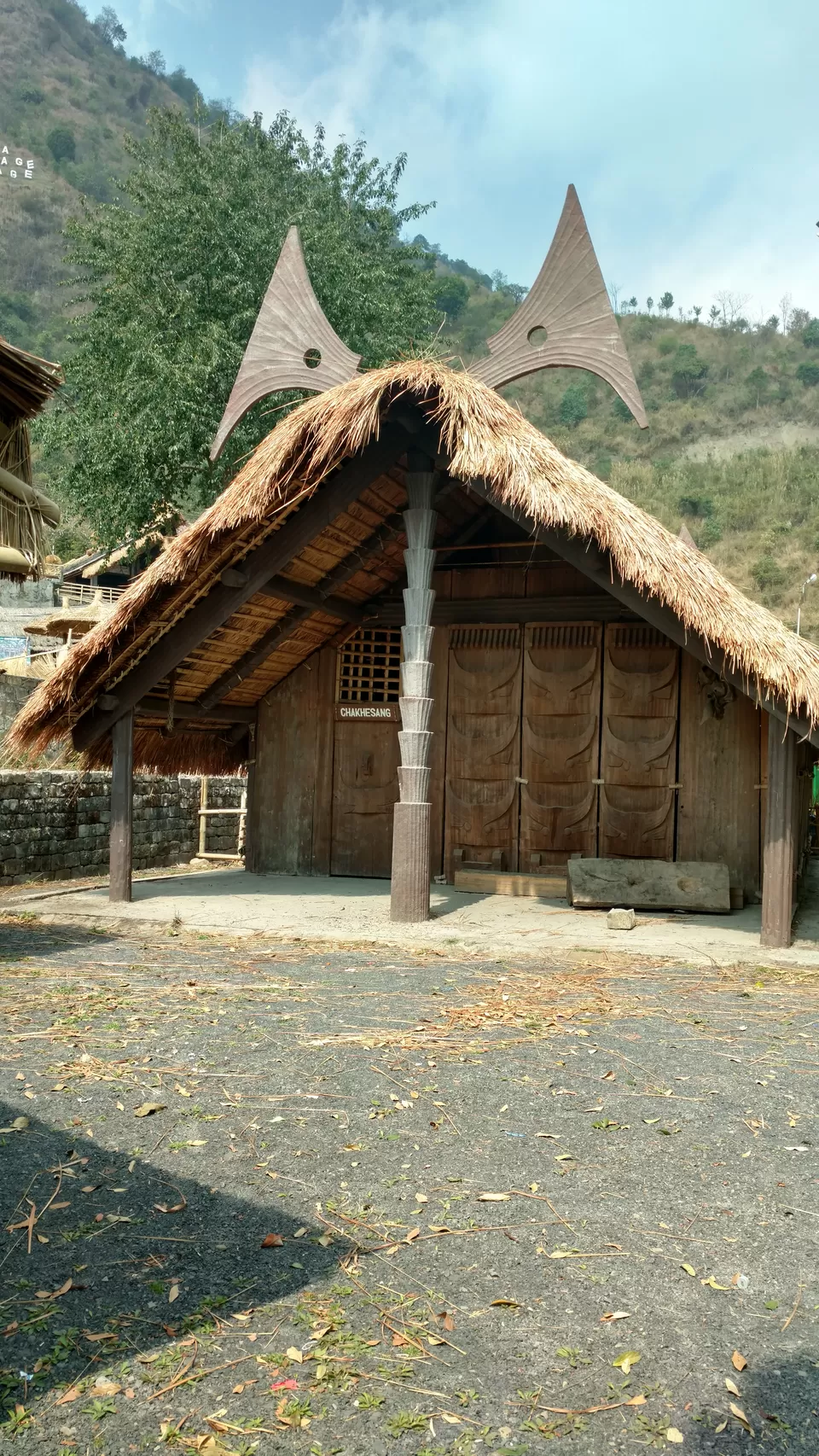
THE CHANG: Pride and Purpose
Traditional beliefs among Nagas in spirits, local deities and supernatural forces associated with life events remain strong even among tribes that have adopted Christianity.
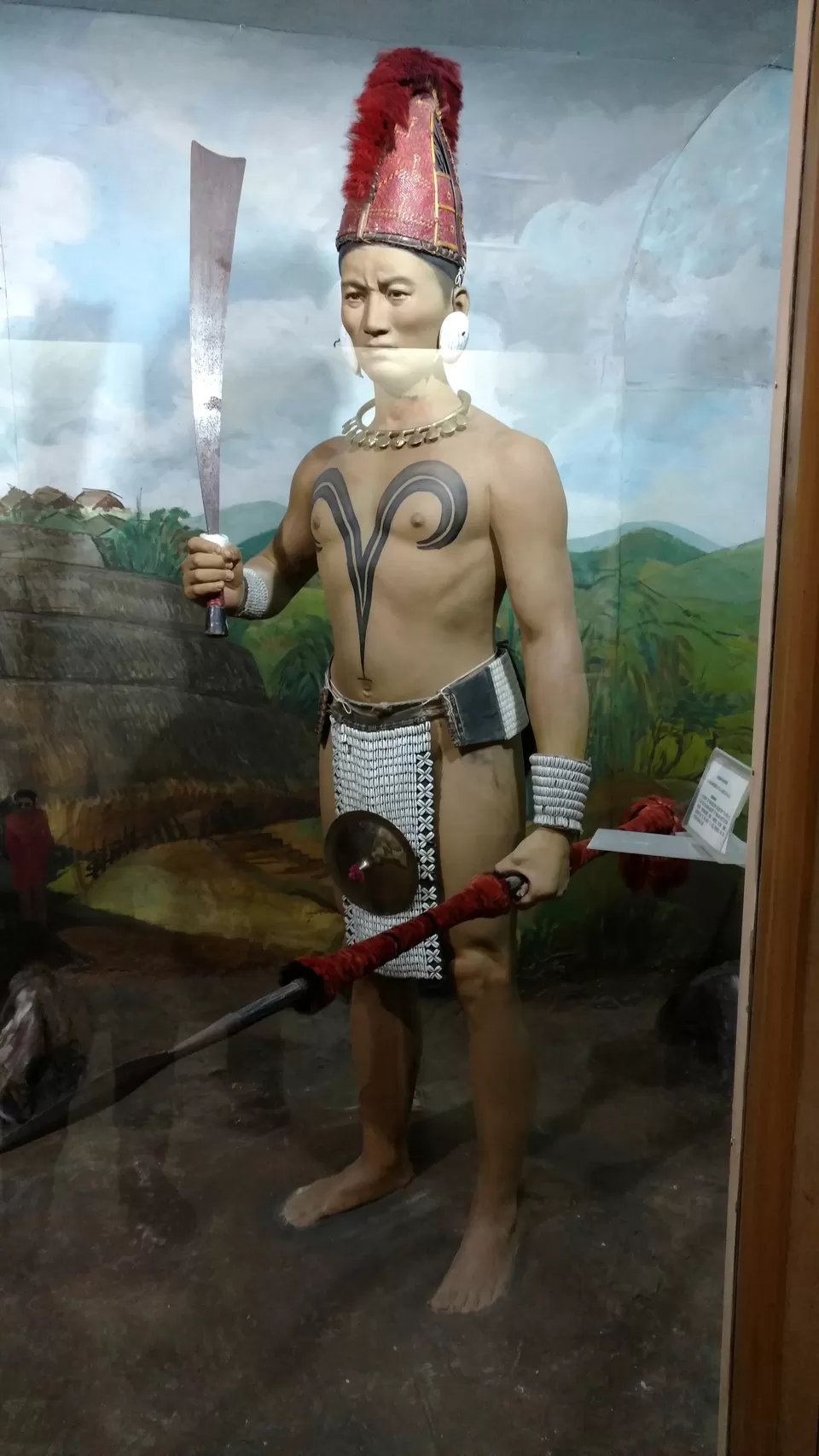
The traditional territory of the Changs lies in the central Tuensang district. Their principal village was Mozungjami/Hakű in Tuensang, from which the tribe expanded to the other villages. Kundanglem and Nuknyu Lem are their major festivals which are celebrated in April and July.
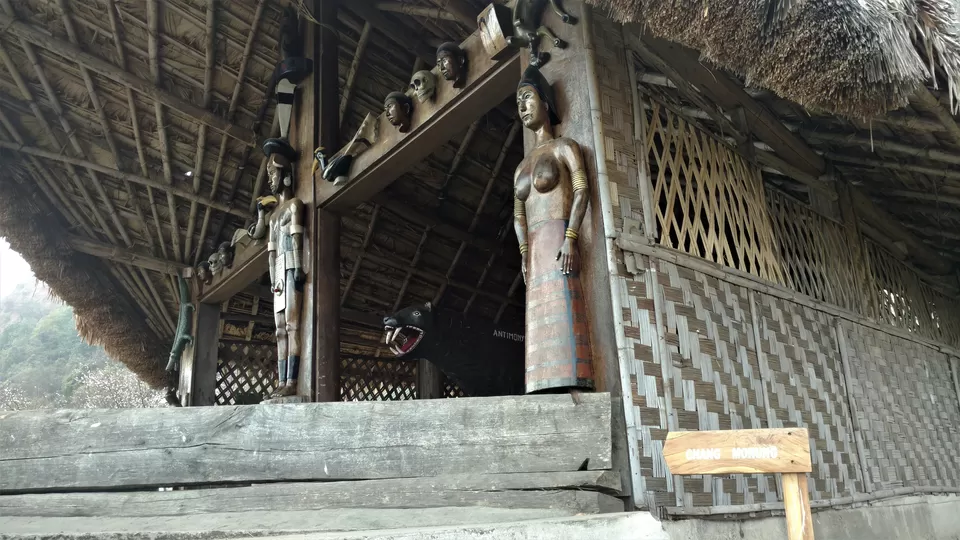
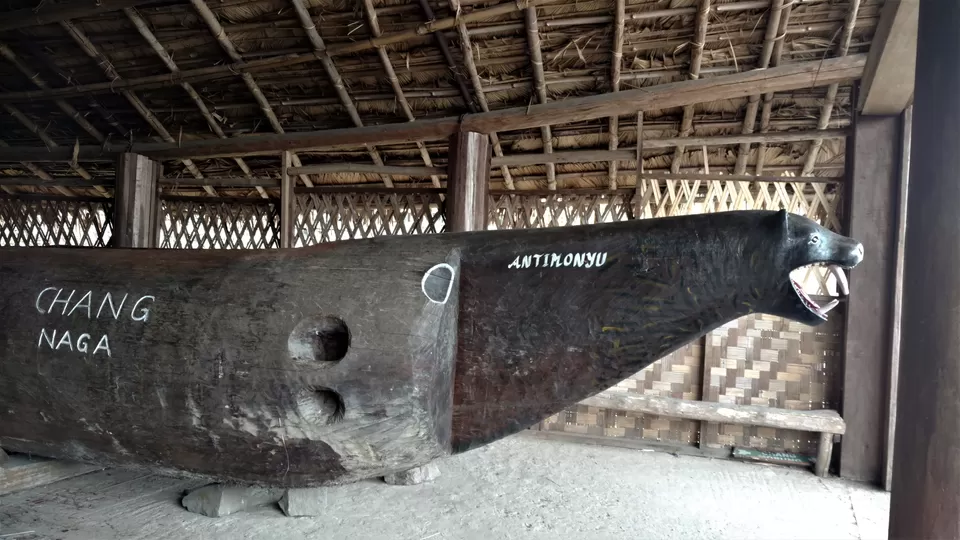
THE KHIAMNIUNGAN: Unflinching
Most Naga tribes practice agriculture, but they are highly skilled artisans as well, their deft fingers create shawls, woven bamboo walls, baskets and utensils, wooden facades and carvings, jewelry etc.
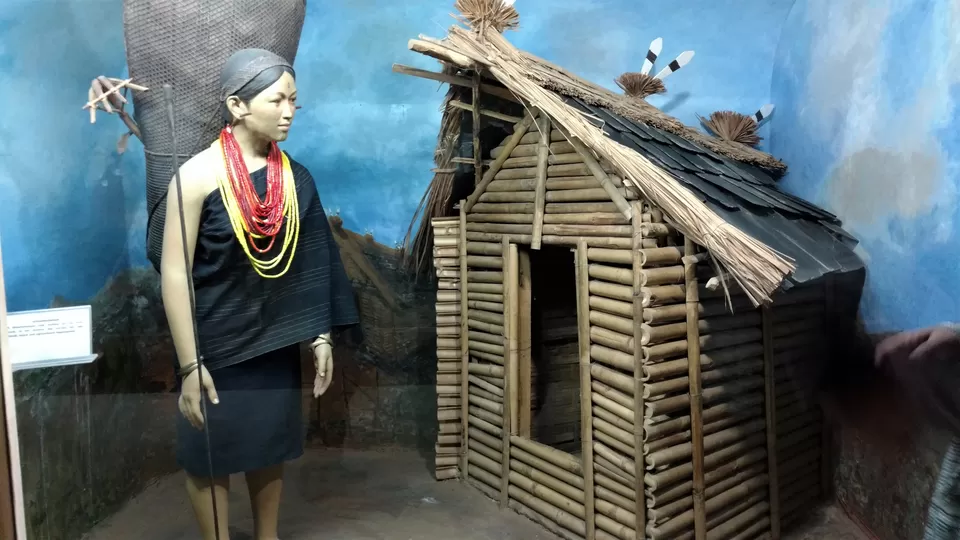
Khiamniungan literally means source of great waters. They are found in Noklak district of Nagaland state and parts of Myanmar. Miu and Tsokum are their major festivals which are celebrated in May and October.
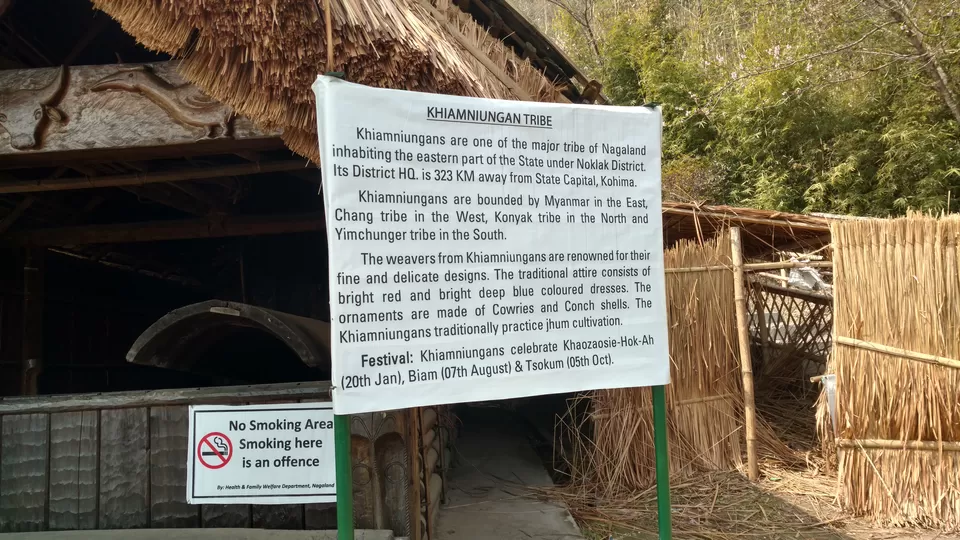
Khiamniungan Naga believed in the existences of ancestral spirit or spirit of the hearth or household - Paosijhiniu or Koa-niu. They were believed to be the spirit of dead ancestors who remained with the family to take care of them whenever needed.
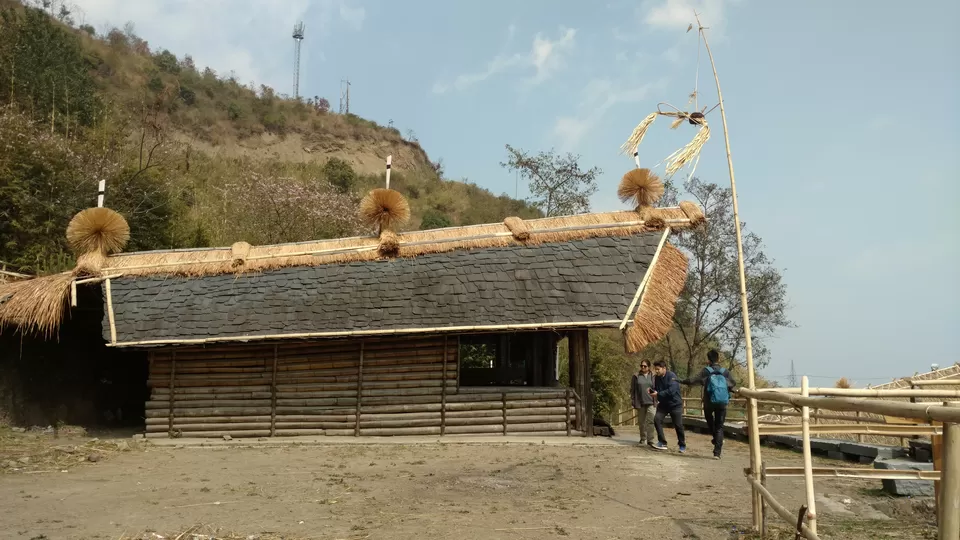
In ancient Khiamniungan society, the Shaman played an important role. Ehnyu and Ehpou refer to male and female Shamans respectively and both were given equal importance and reverence.
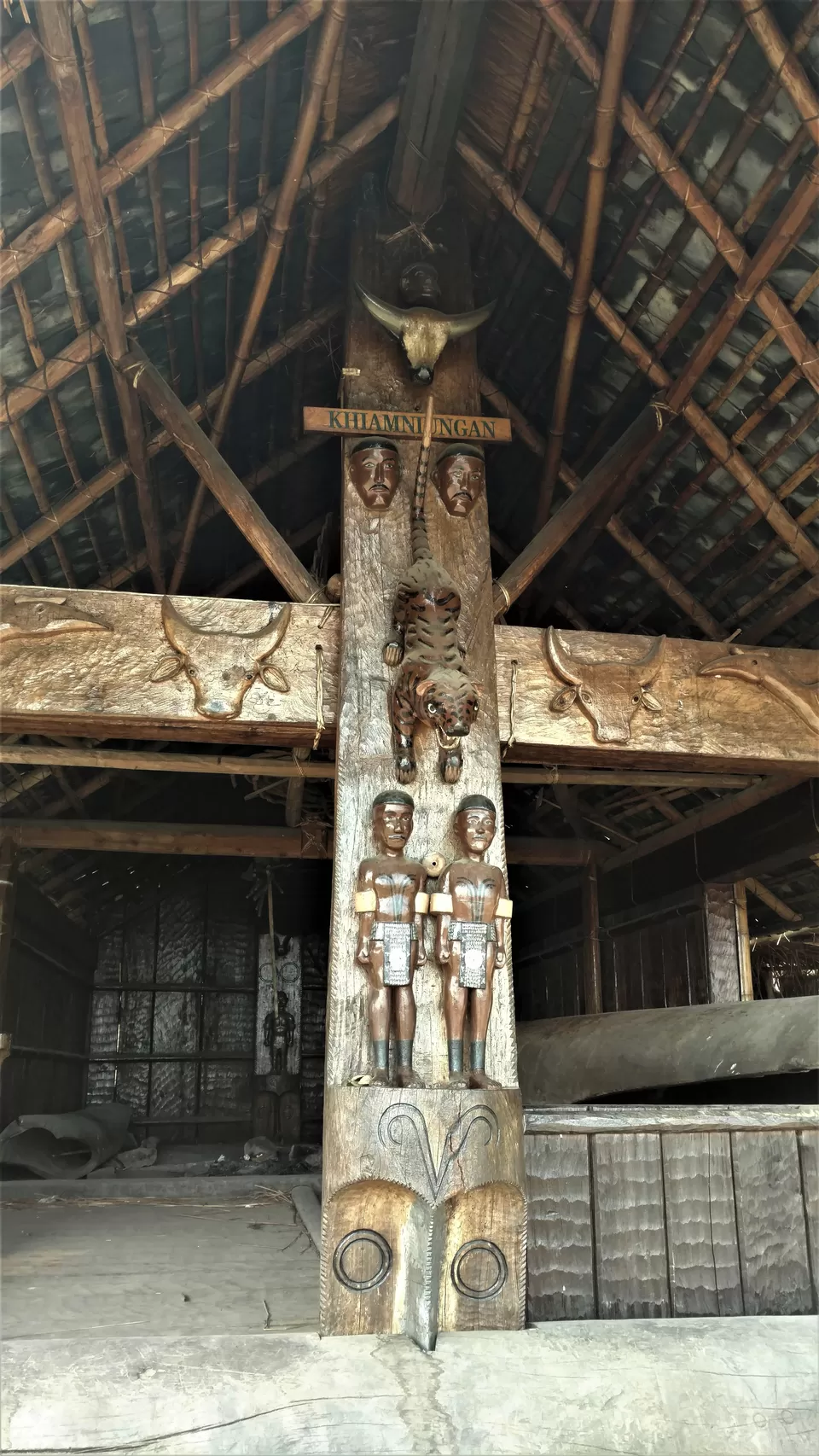
THE KONYAK: Fire and Blood
Head hunting was an important part of warfare among the Naga tribes. Their weapons included spears, dao (traditional hatchet) and shields. Later guns were pilfered from the invading British army.
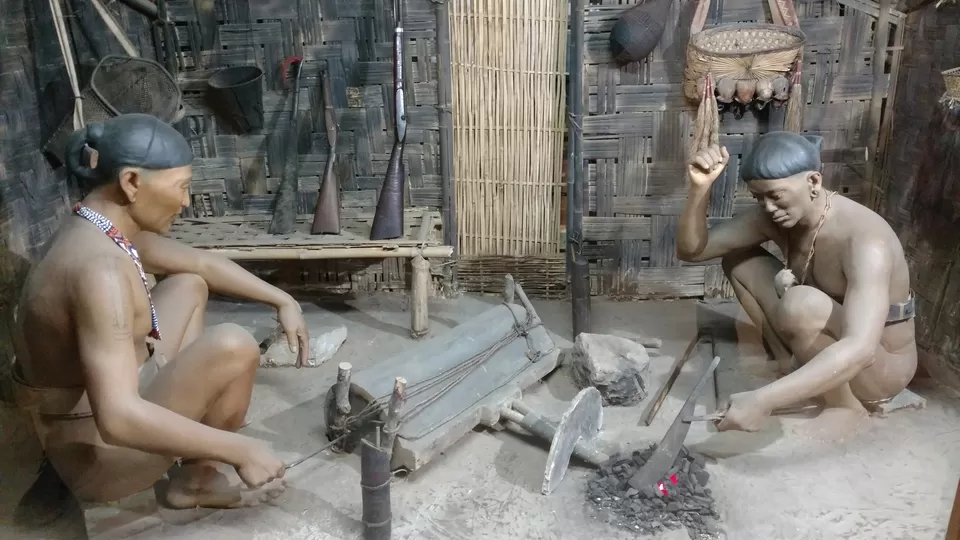
The Konyaks are are easily distinguishable from other Naga tribes by their pierced ears; and tattoos which they have all over their faces, hands, chests, arms, and calves. Facial tattoos were earned for taking an enemy's head.

Other unique traditional practices that set the tribe apart from the rest are: gunsmithing, iron-smelting, brass-works, and gunpowder-making. They are also adept in making 'Janglaü' (machetes) and wood sculptures.
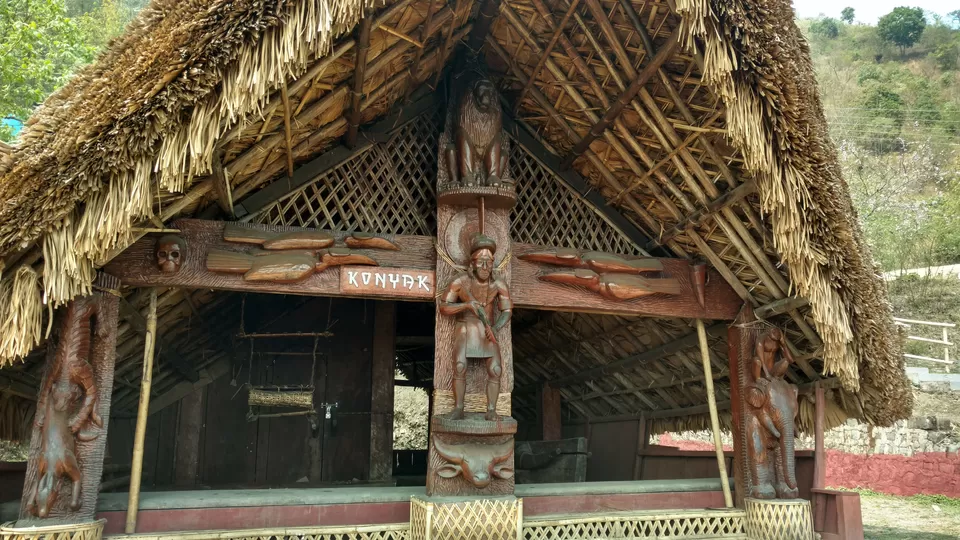
In Nagaland, they inhabit the Mon District-- also known as 'The Land of The Anghs'. The Anghs/Wangs are their traditional chiefs whom they hold in high esteem.
Aoleang Monyu and Lao-ong Mo are their major festivals which are celebrated in April and September.
THE LOTHA: Honed and Ready
The Nagas predominantly live in villages and are greatly attached to it.
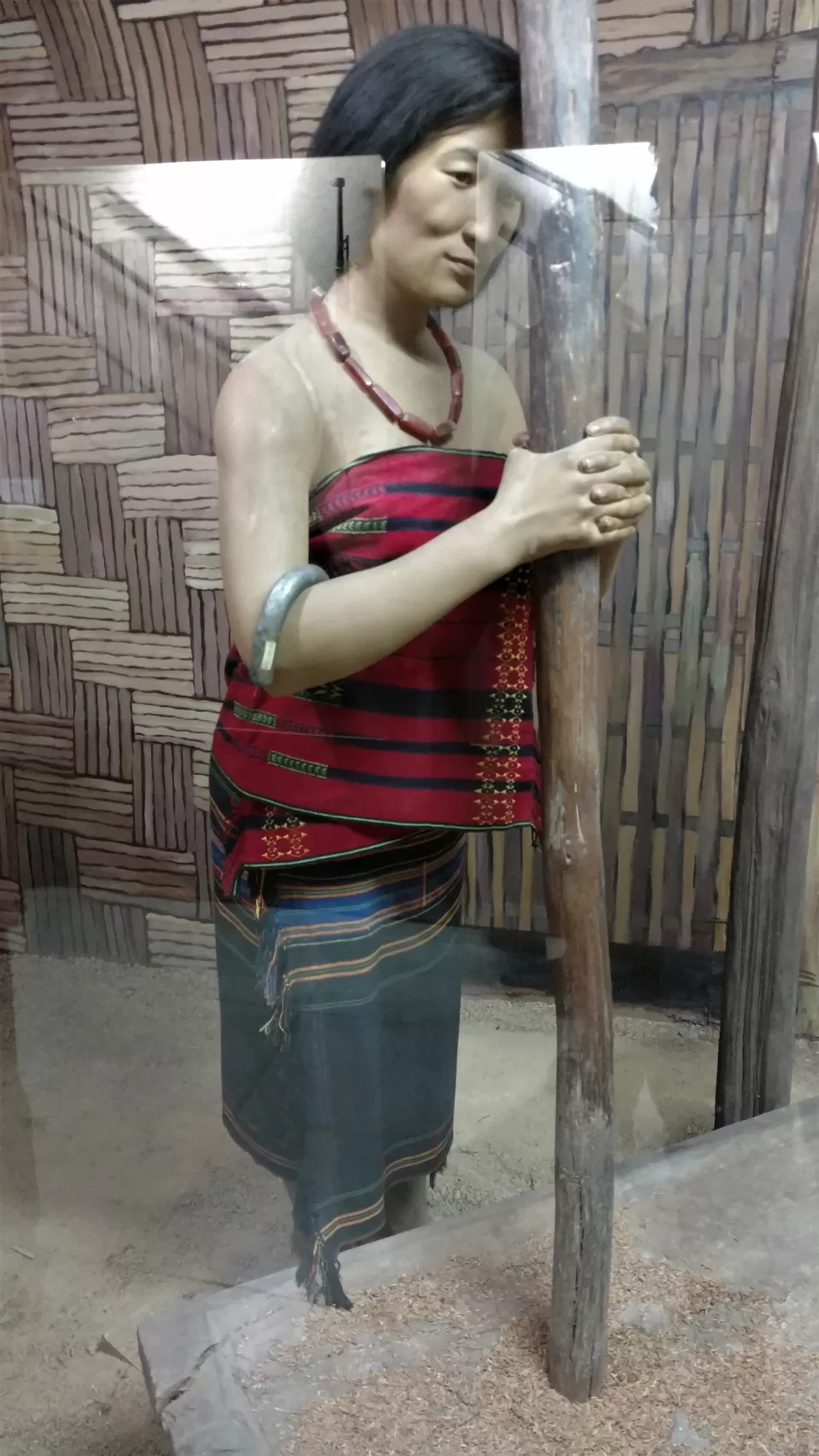
Wokha, a district headquarters in Nagaland, is inhabited by the Lothas, one of the largest tribes in Nagaland. For the most part of history, this place remained isolated from the outer world.
Wokha is known for its shawls, which are handmade using a technique which has been passed down through generations.
The Lothas are believed to have migrated from eastern China.
Tokhu Emong is their major festival celebrated in November. The Lothas are also known for their colorful dances and folk songs.

THE PHOM: None so Dutiful
Nagas believe in the power of dreams. If a bride to be has an inauspicious dream before three days of the marriage, the ceremony is called off !
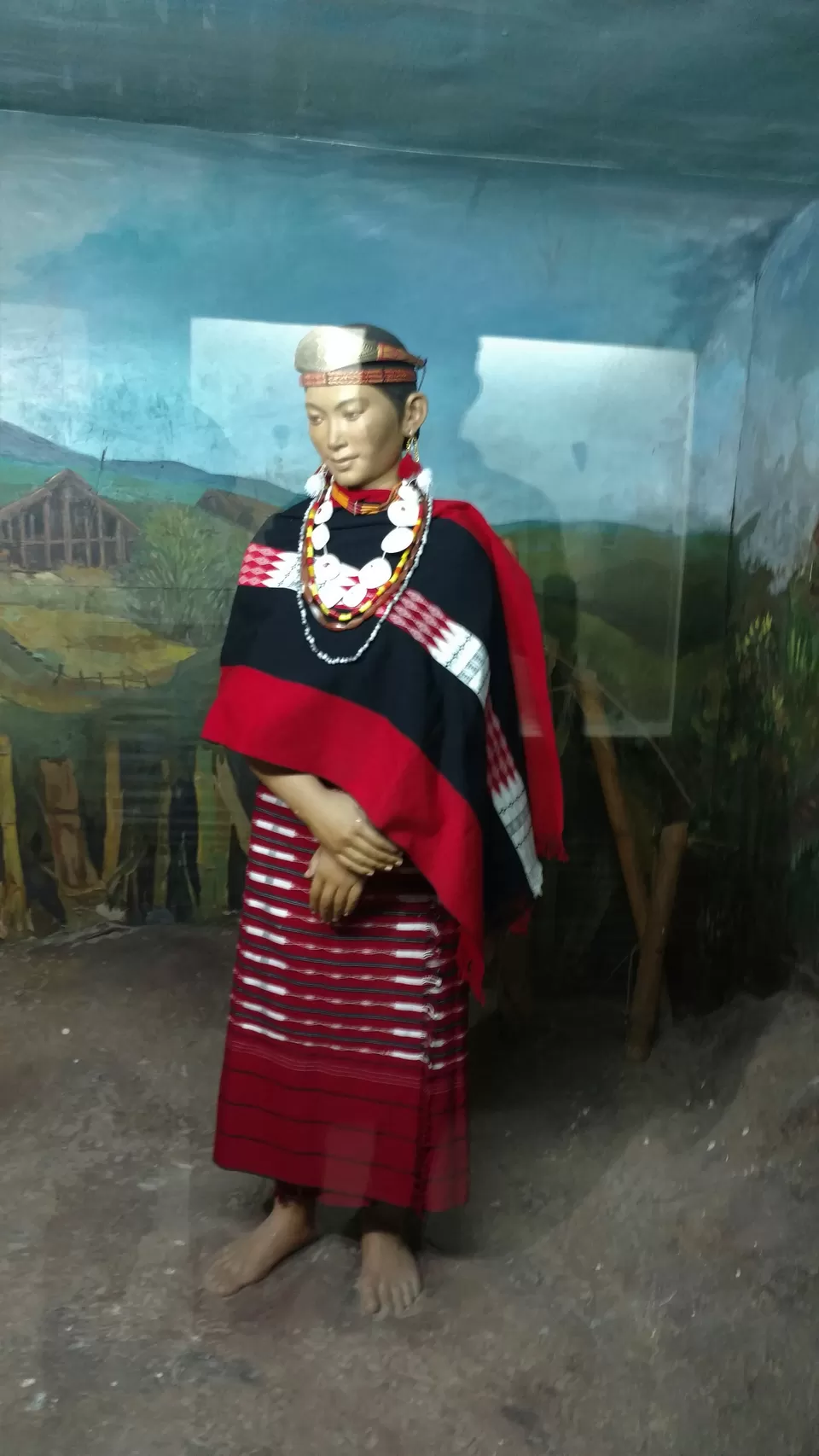
Agriculture is the traditional occupation of the Phoms, and the tribe practices jhum cultivation. The Phoms also have a tradition of pottery, bamboo work and spinning.
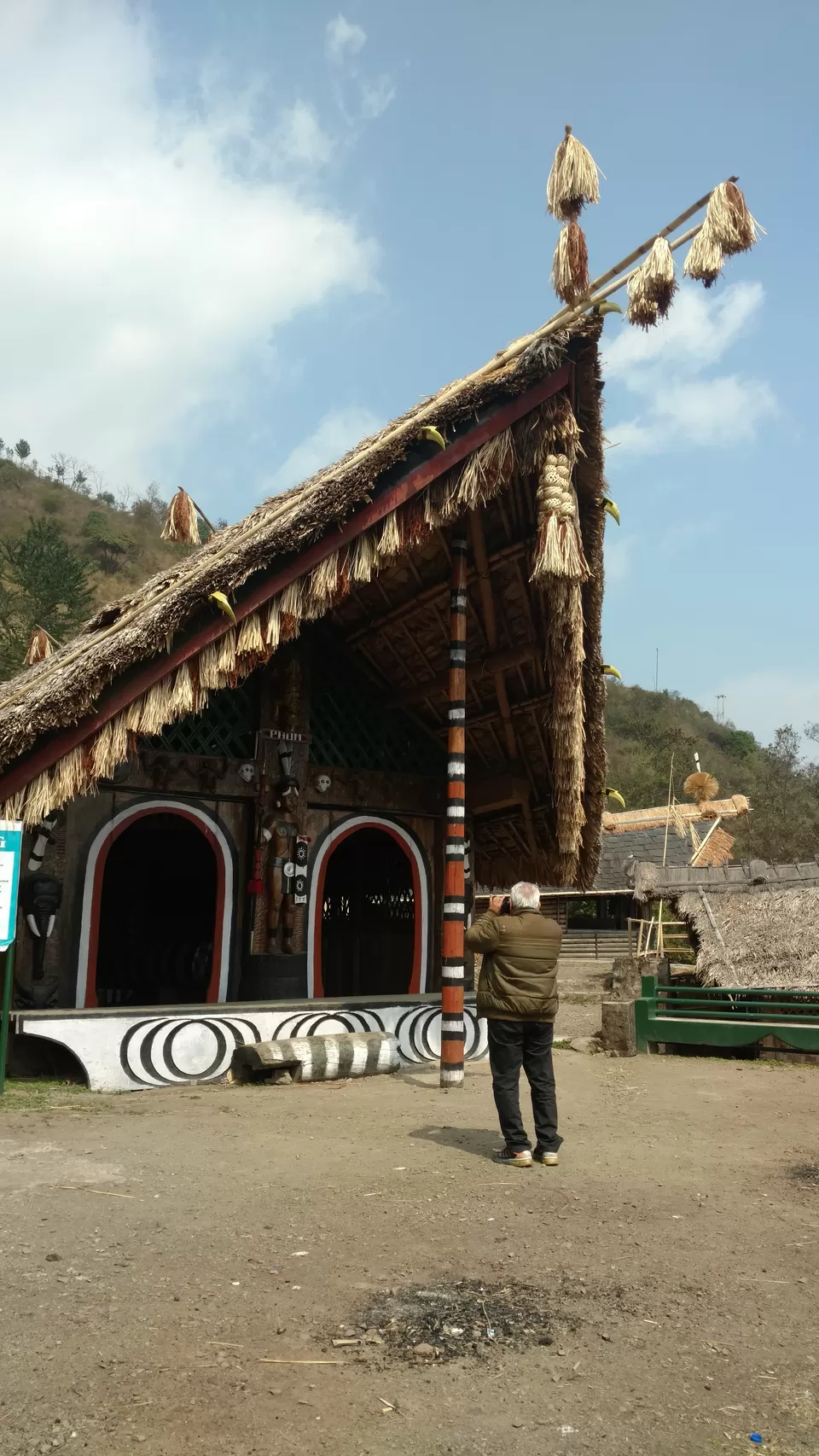
The traditional territory of Phoms lies between the territories of Konyak in the north-east, the Ao in the west and the Chang in the south. Yongnyah is the largest Phom village.
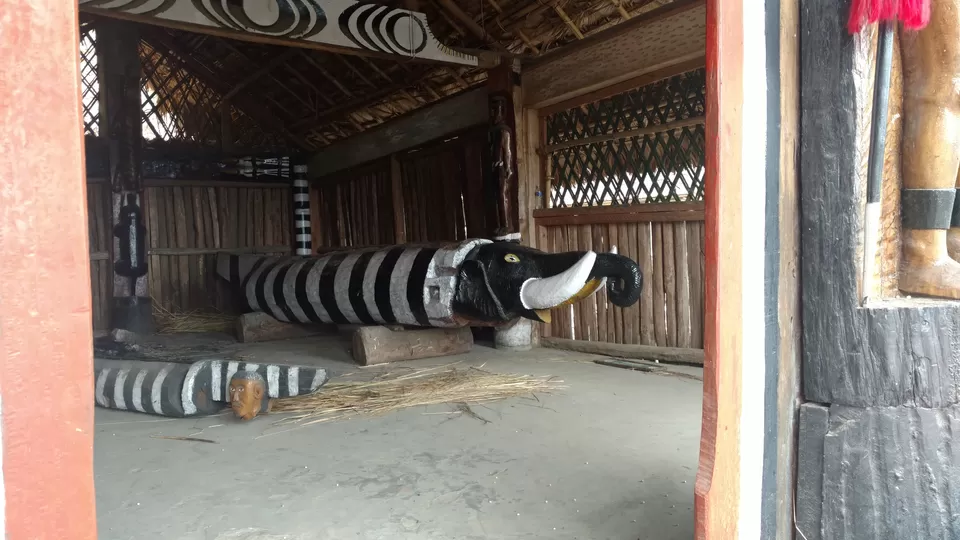
Monyu, Moha and Bongvum are their major festivals which are celebrated in April, May and October respectively.
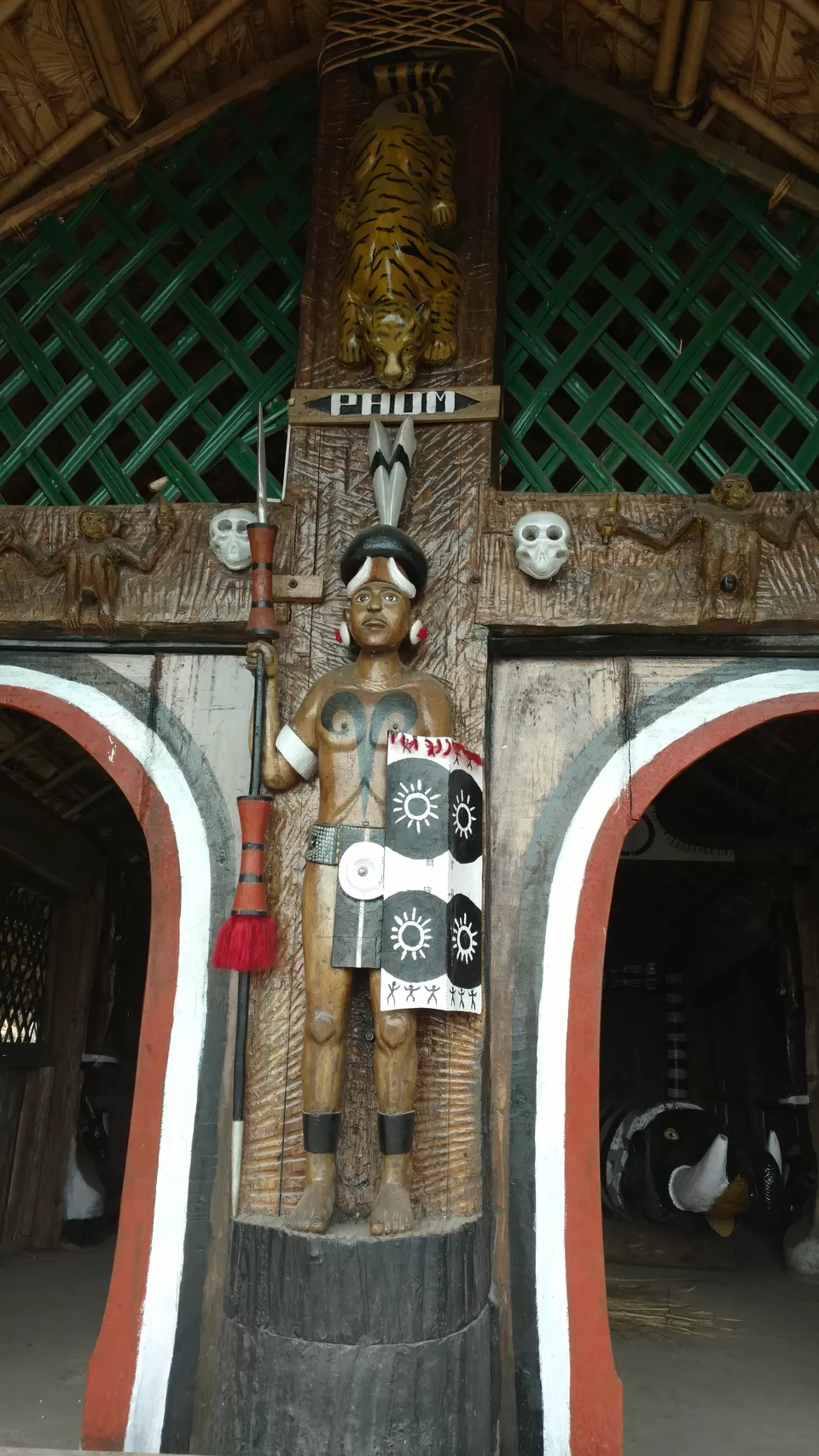
THE RENGMA: Beware of our Sting
Nagland is a land of festivals and most festivals are related to sowing and harvest.
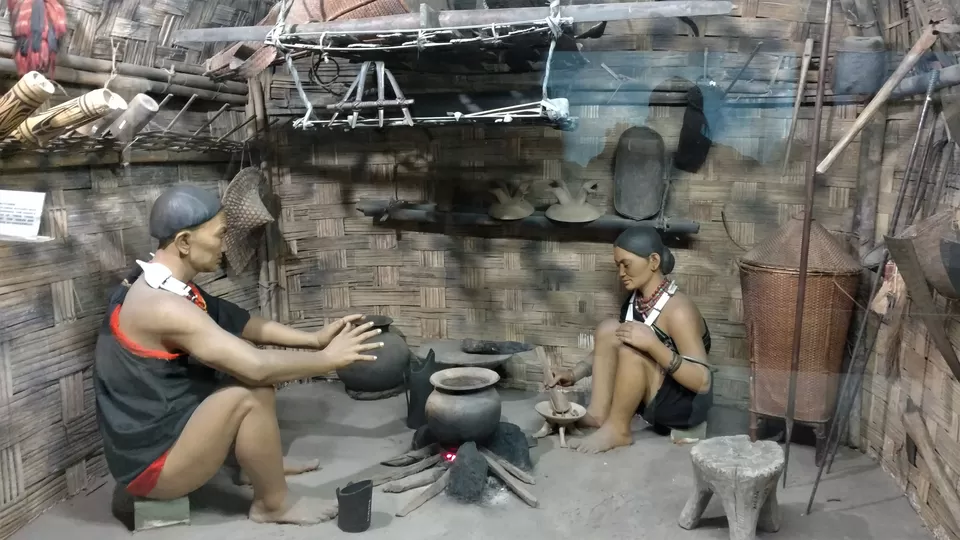
The Rengma tribe is found both in Nagaland and Assam. According to the local traditions, the Rengmas and the Lothas (or Lhotas) were once part of a single tribe. There are also oral records of a mighty struggle between the combined Rengma villages, and the Lotha village of Phiro. There are records of the Rengmas' conflict with the Angami Nagas.
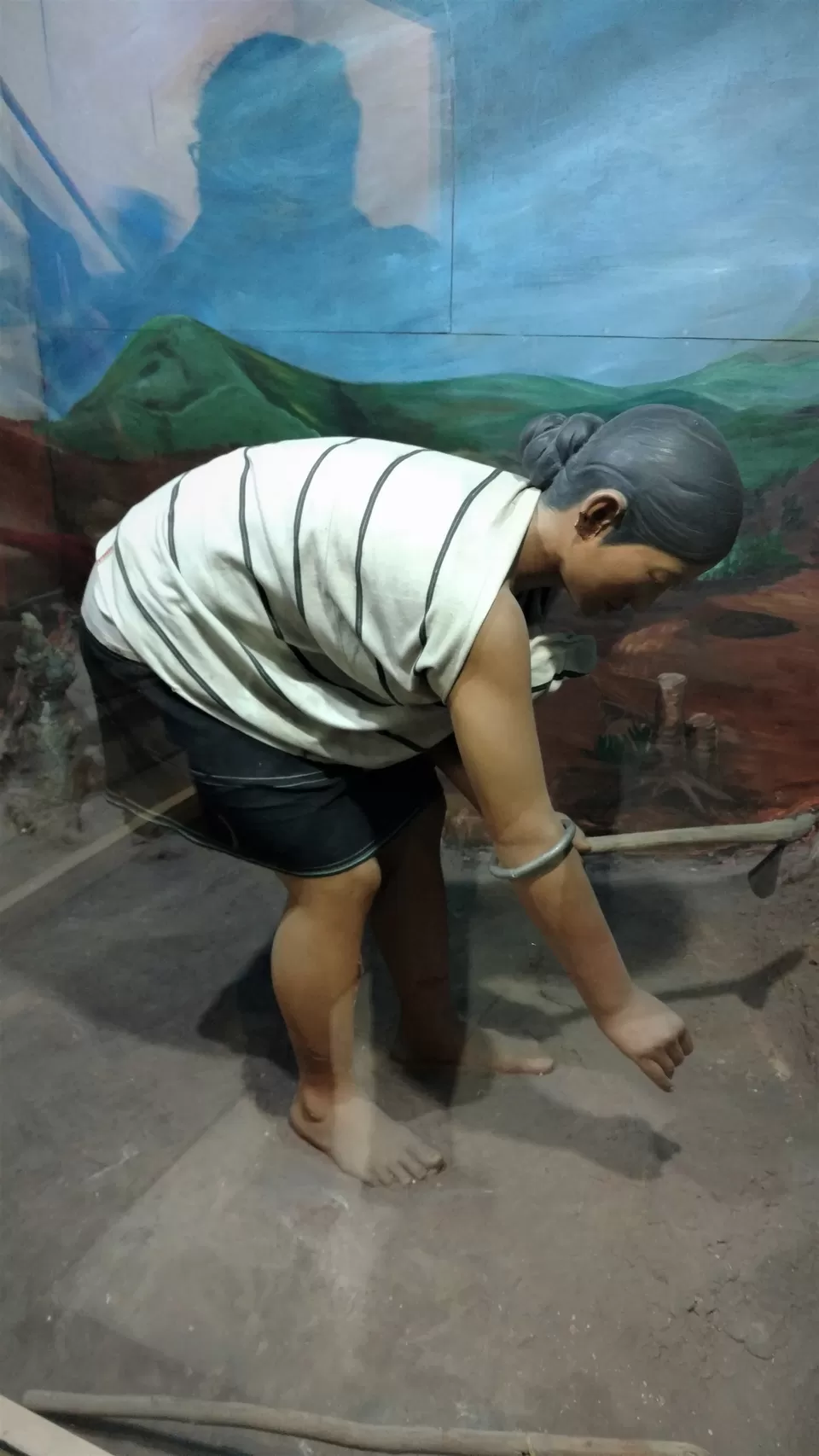
Slavery used to be a practice among the Rengmas, and the slaves were known by the names menugetenyu and itsakesa. By the time the British arrived in the Naga region, the slavery was a declining practice, and no Rengma appears to have been a slave during this time.
The Rengma are known for their harvest festival called Ngada. It is an eight-day Ngada festival that marks the end of the agricultural season. Ngadah is celebrated just after the harvest, towards the end of November.
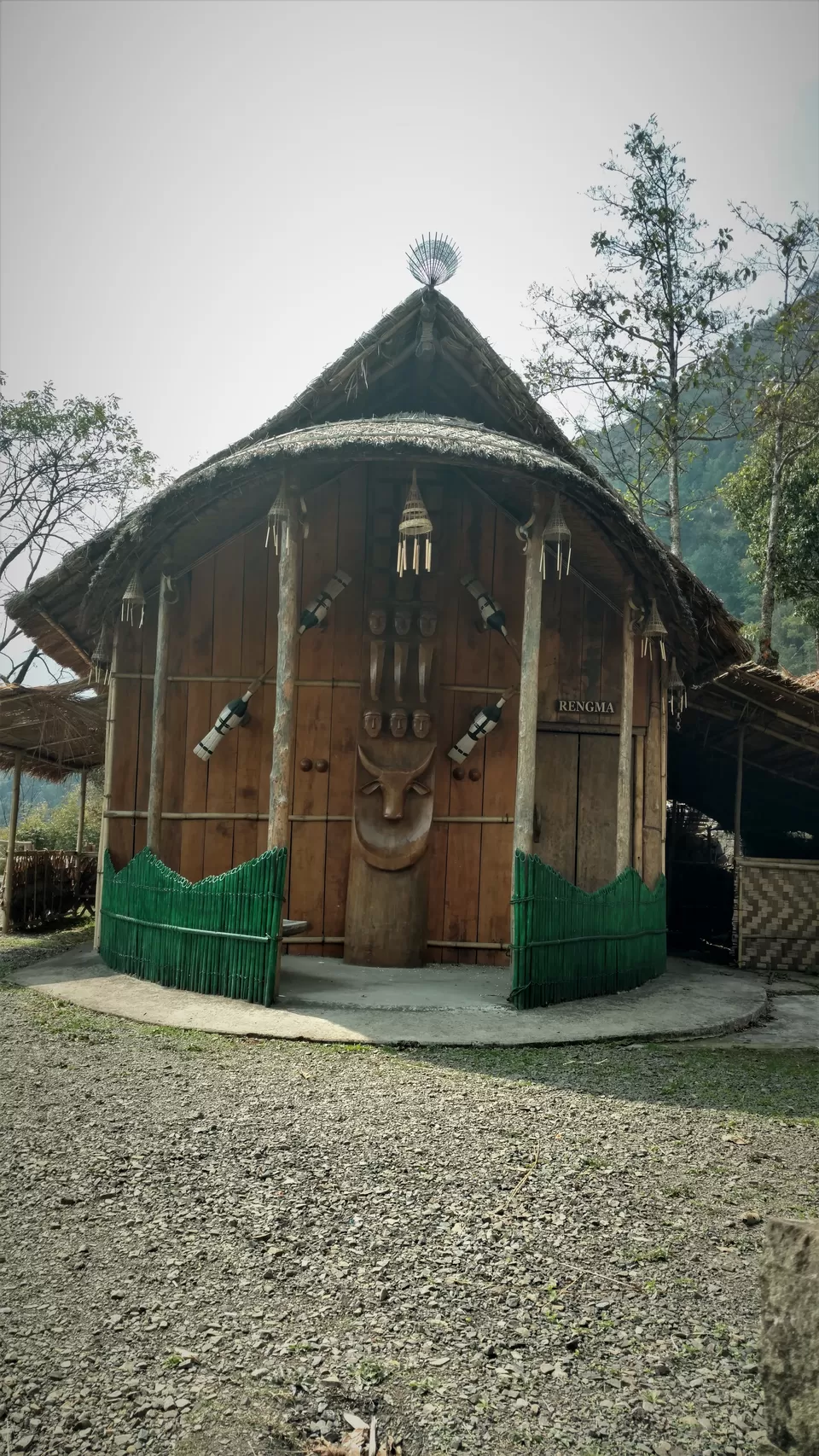
The Rengma's perform a special dance during the Ngada festival. The dance is performed with traditional warriors attire and there is no age bar. The folk dance is accompanied with changing sound and music of folk tunes, war cry and yelling which is an expression of delight in victory.
THE SANGTAM: Proud to be Faithful
According to the Animistic religion traditionally practiced by the Nagas, all creatures were created equally by God and form an integral part of their lives. Such beliefs have important implications in the preservation of Nature and its resources by the Nagas.
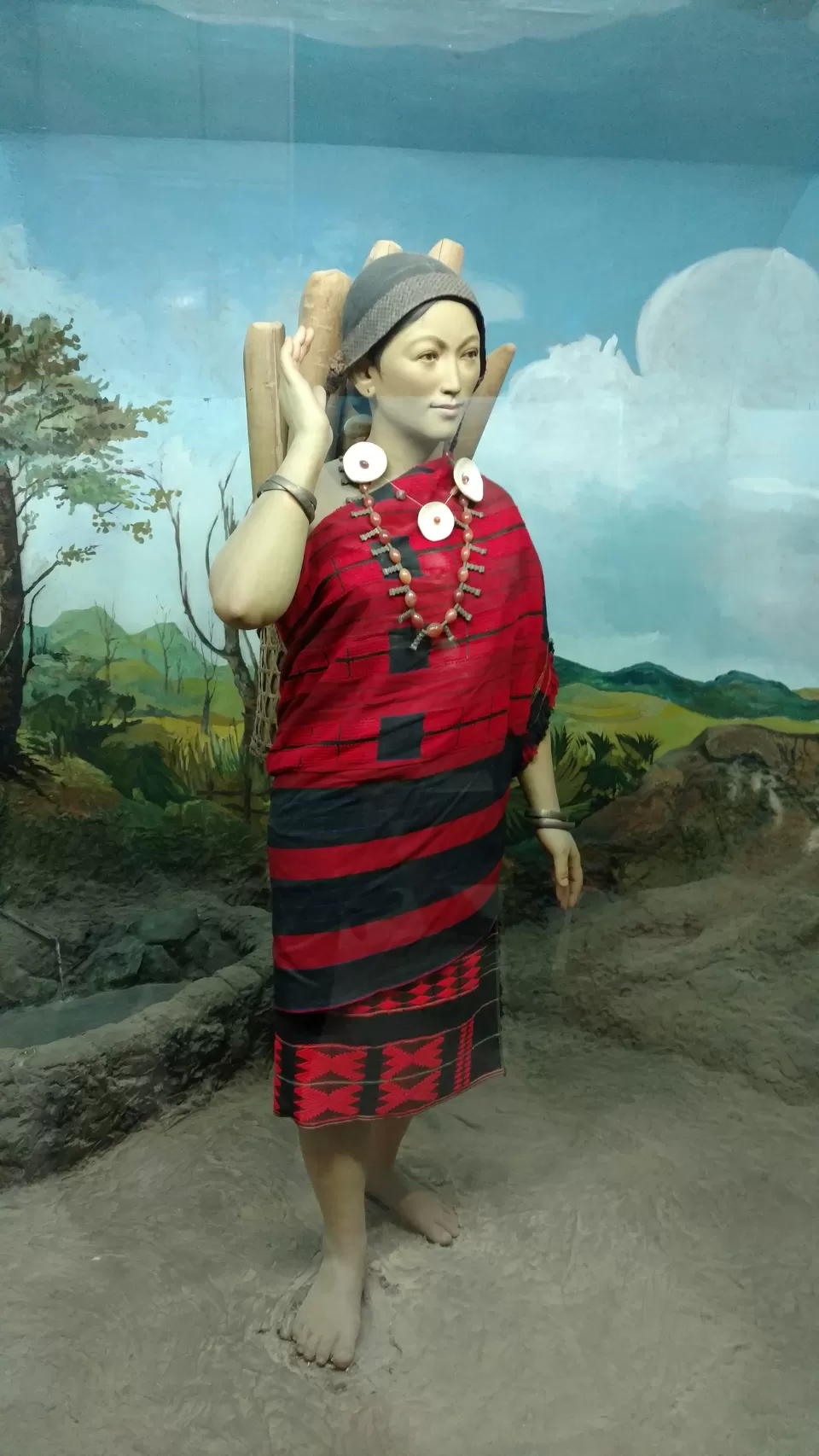
Sangtams are found living in the Tuensang and Kiphire districts of Nagaland. They are united under the common banner called "United Sangtam."
Like many other tribal groups in Northeast India, they practice jhum, or shifting cultivation. Unlike other Naga tribes in Nagaland, many of the Sangtam have retained their traditional beliefs in spite of embracing Christianity.

Sangtams celebrate twelve different festivals, in particular Mongmong, all of which are affiliated with their traditional culture and religion. They celebrate their Mongmong festival in the first week of September. Mongmong, which means 'Togetherness Forever', is celebrated to seek blessings of their God for good health and prosperous harvest after a year- long hard work. The festival is celebrated with merrymaking accompanied by traditional songs and dances.
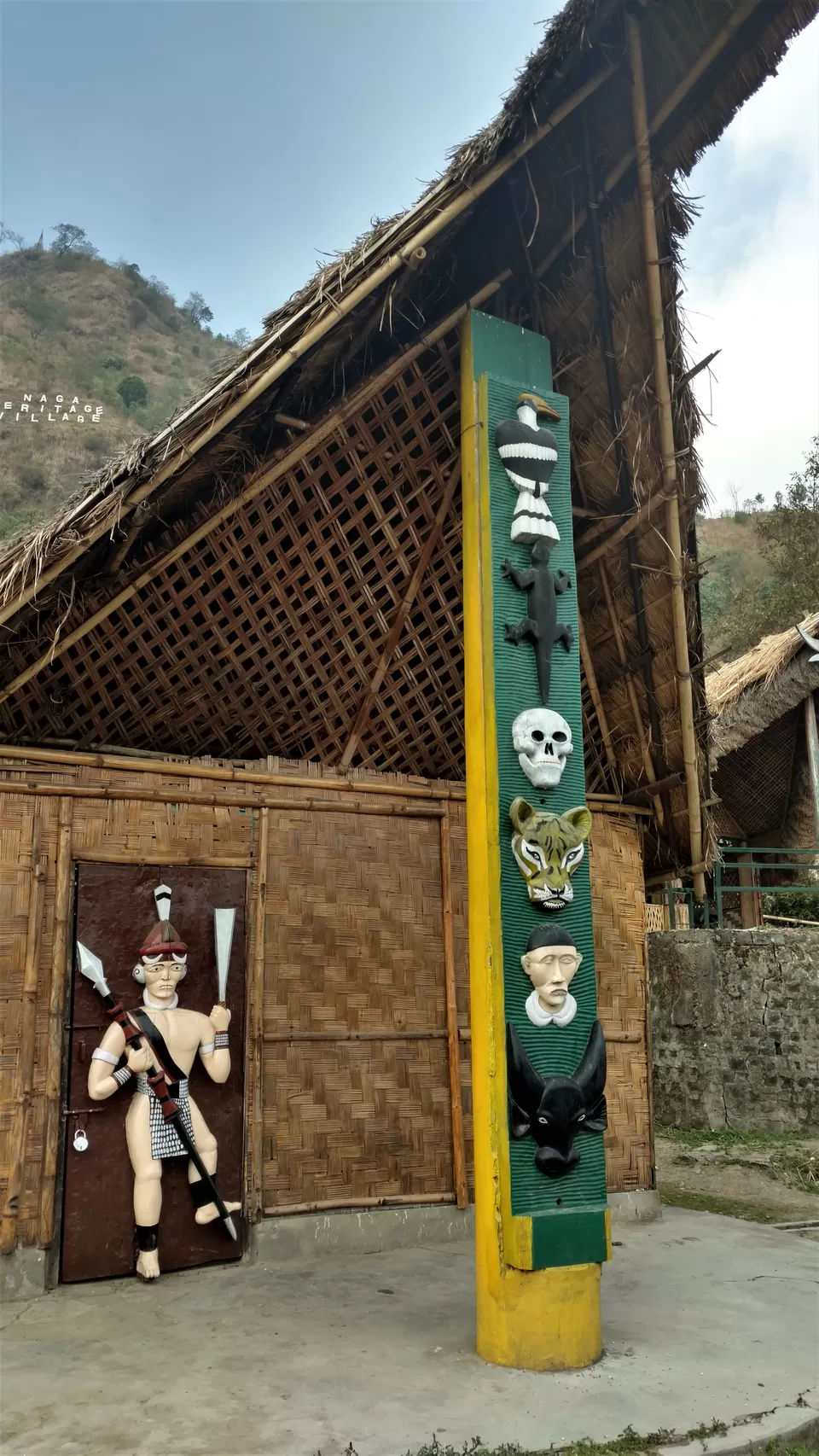
It is believed by some in the Sangtam tribe that they have come to their present place following migration from Burma.
THE SUMI Or SEMAS: No Foe May Pass
With 80.11%, the state of Nagaland has among the highest literacy rates in India (2011 census).

The Sumis mainly inhabit Zunheboto district and Dimapur district although many have spread out from there and are now living in a few more districts within Nagaland.
Sumi Naga tribe practiced kiti-do and were fierce headhunters . It was a matter of valor and heroism to participate in a head hunting expeditions. After bringing the heads of those vanquished into the village, the hunter would be honored as a hero by the entire village.
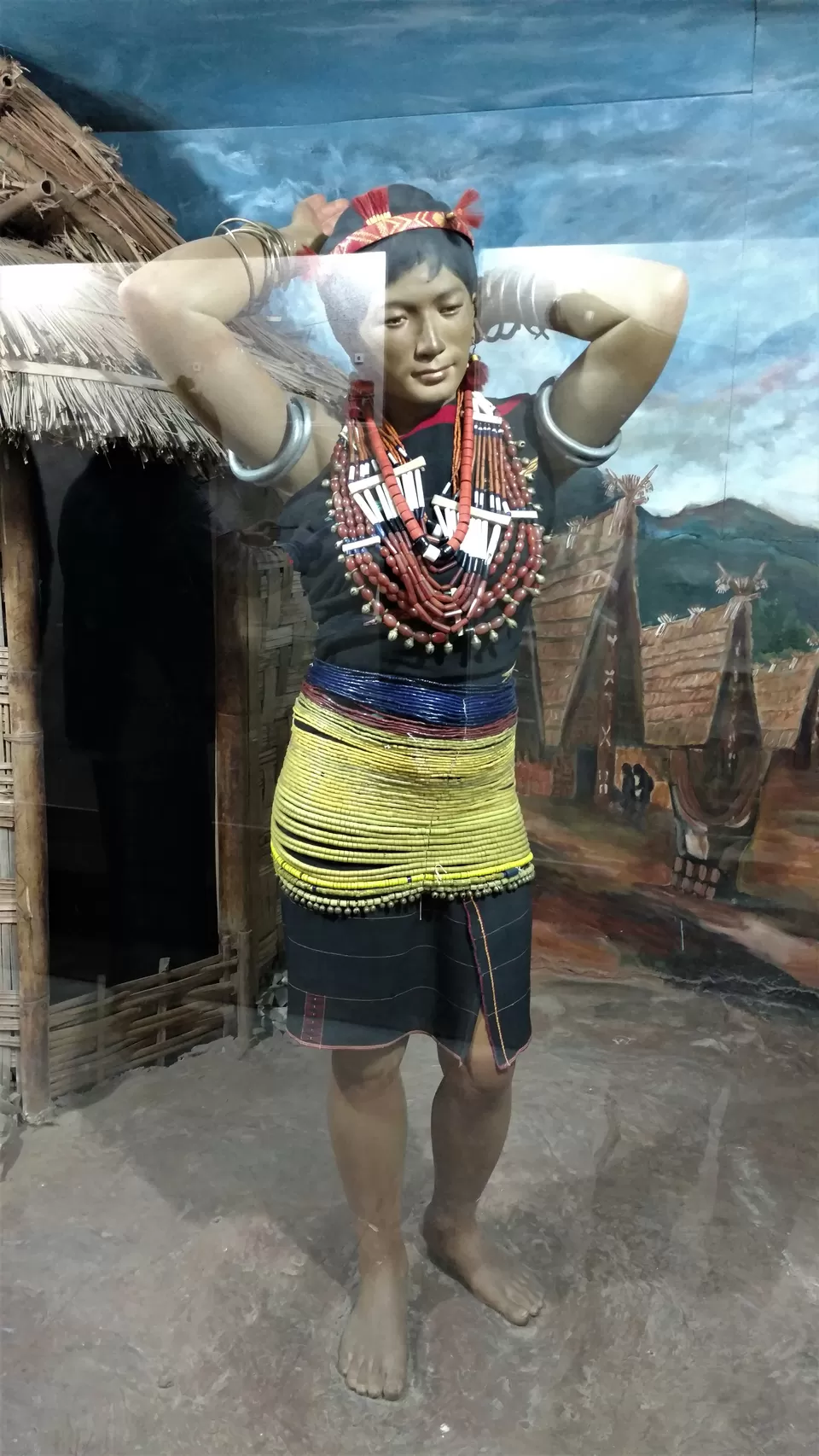
The Sumis celebrate many festivals which have been carried down from generations. Most of these festivals usually mark the beginning of new seasons, harvesting of new crops or victory at war. The two major festivals that are currently popular among them are Tuluni and Ahuna which are celebrated in November and July.
THE YIMCHUNGRU: Fly High Fly Far
While inheritance of land is through the male heir in the Naga society, the Zounuo-Keyhonuo group of Viswema village in Angami Naga area is an exception. A unique feature of this group is the existence of matrilineal inheritance of land by eldest daughter upon marriage.
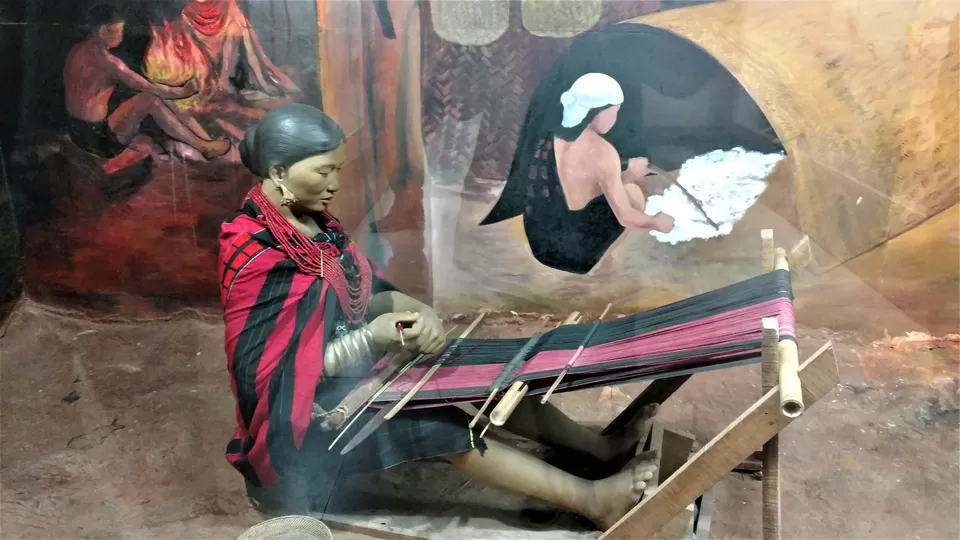
Yimchungru is a Naga tribe whose traditional territory includes Tuensang and Kiphire districts in Nagaland state of India, and western areas of Burma. The word Yimchungru means "the ones who have reached their place of choice". The name Yimchungru/Yimchunger is a mispronounced word for Yimkhiungru or Yimkhiunger which literally means "the finders".
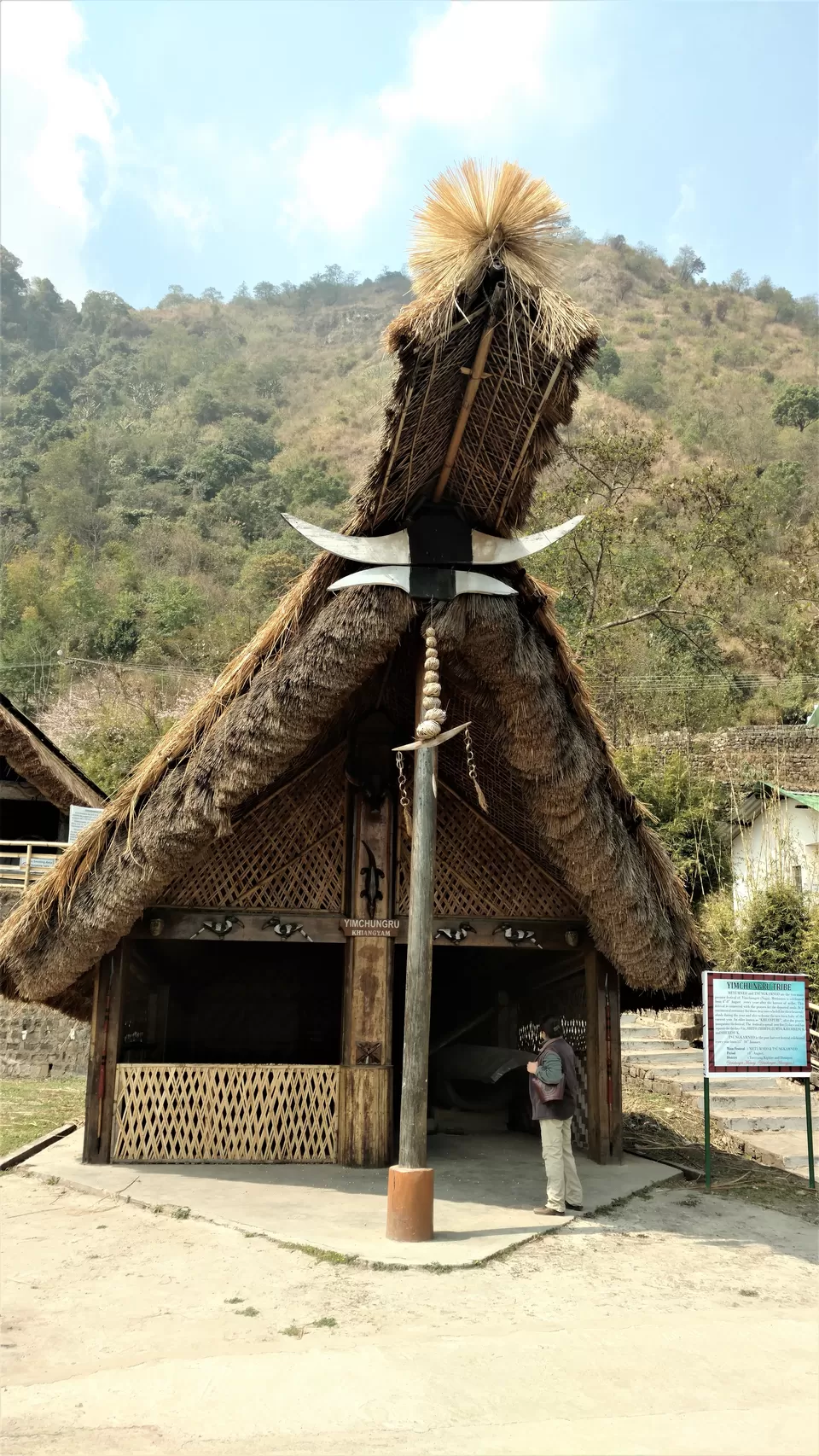
The present Yimchungrus were not known by any name as a tribe. They lived mostly a nomadic life spending hardly one or two generation at a certain place of settlement as a village for want of more land for cultivation to meet the growing need of food and other means of sustenance. At other times, the entire population was compelled to abandon their village and shift to a safer place to avoid plague and epidemic diseases or as victims of constant head hunting among the neighboring villages.
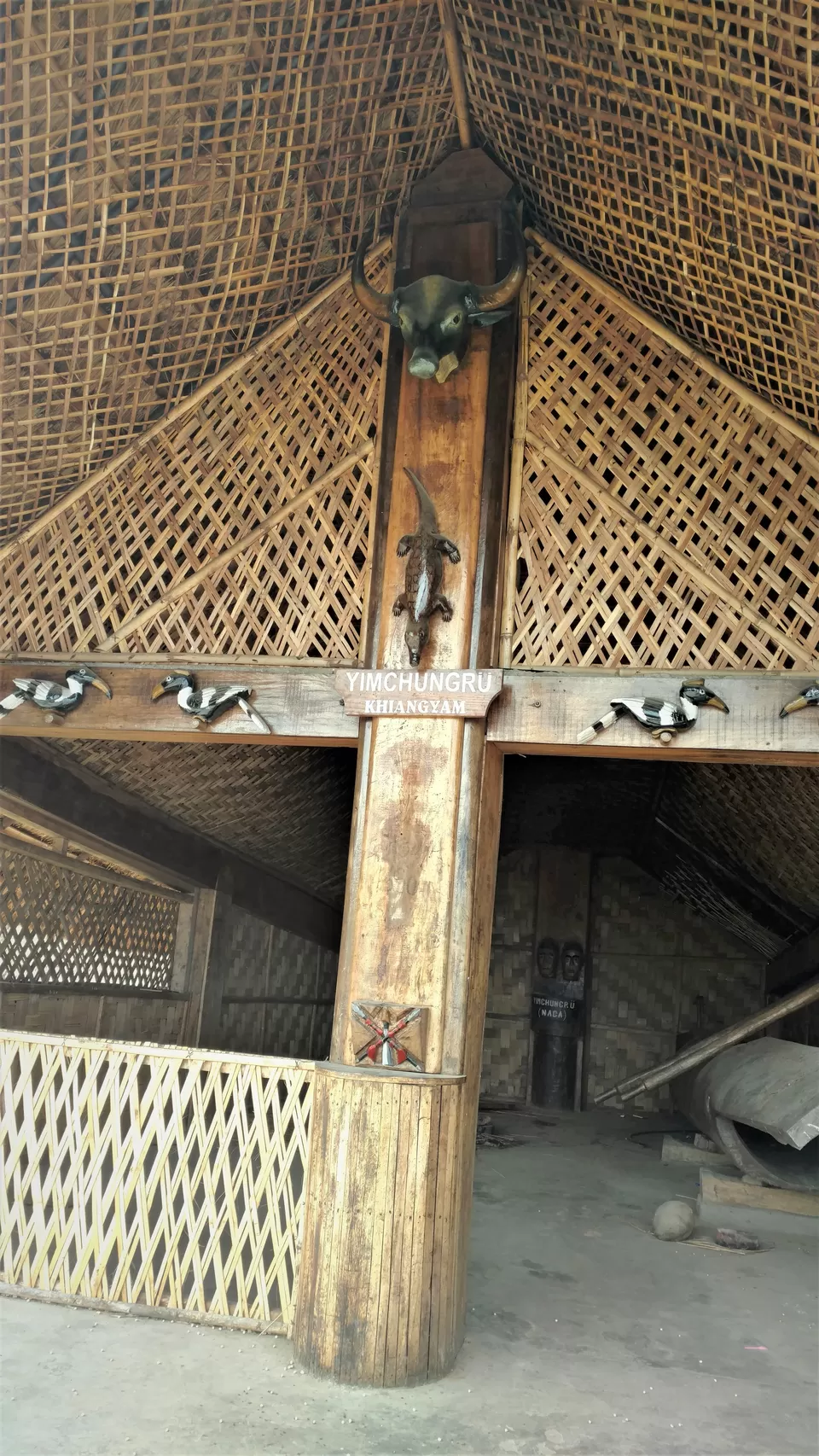
Metumniu, Tsungkamniu are their major festivals celebrated by the Yimchungru in August and January.
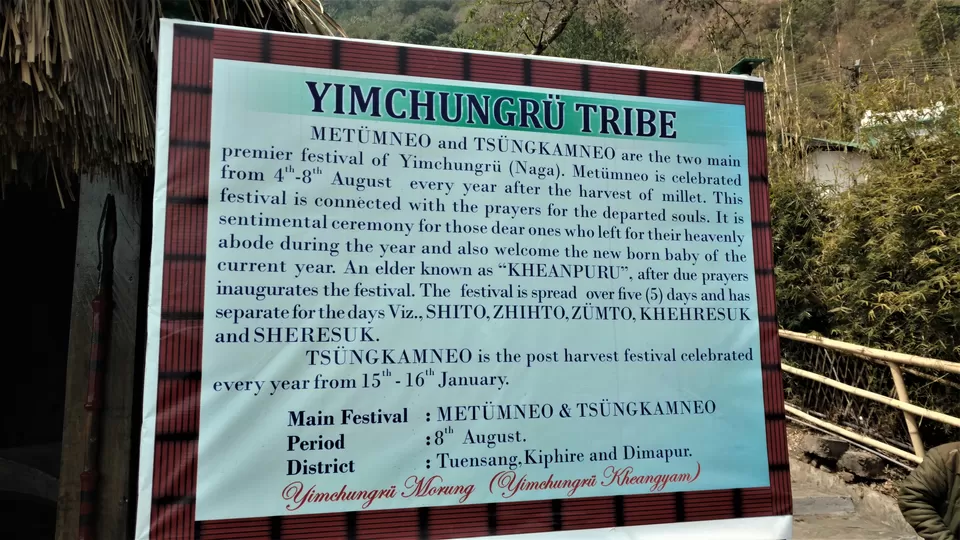
Strong ties to cultural identity in the form of their love and passion for agriculture are reflected in the hymns and beats of songs of the Yimchungru. Their musical instruments include simple log drums, trumpets and flutes, similar to that of the Angamis
THE ZEME: Wisdom and Strength
Many Naga tribes wear colorful shawls. Often the design of the shawl indicates the social status of the wearer.
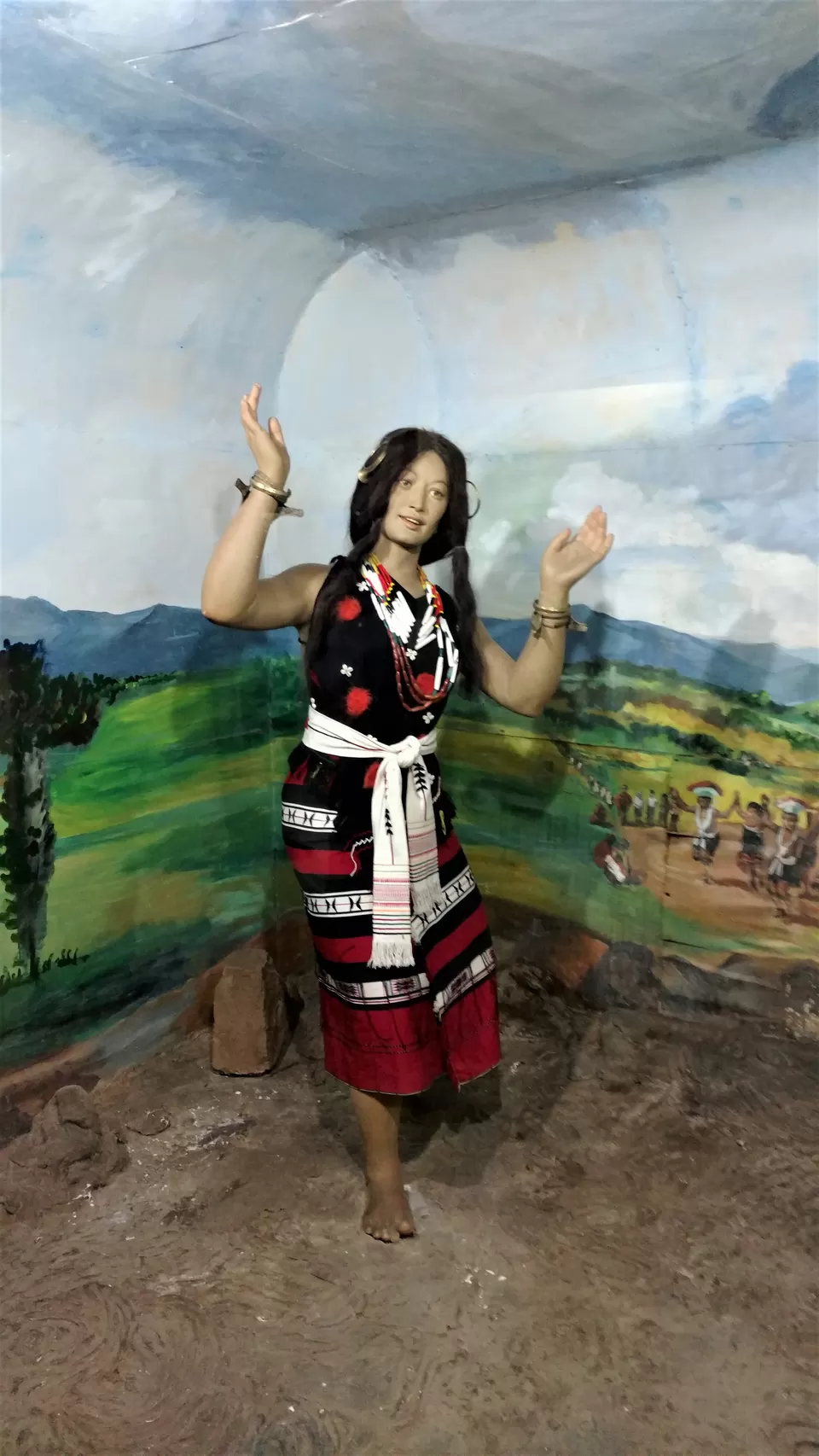
The Zeme Nagas are distributed in Dima Hasao and parts of adjoining Manipur and Nagaland states. They speak their own zemi dialect and have been living peacefully along with the other tribes for more than two centuries.
The main festivals are – Hega, Langsimyi/Chaga Gadi, and Mileinyi– mostly connected with agricultural activities and celebrated in February, October and March respectively.

The best time to experience Naga culture in a nutshell is the Hornbill Festival held every year in the month of December.
Photo credits: Rupa Abdi
For Nagaland tour guidelines please read my article:
- NAGALAND I : The Land of Valour and Beauty
- NAGALAND III: The Mithun and the Hornbill - Motifs and Wood Craft of Nagaland
- NAGALAND IV: The People of Nagaland-Proud and Honest
- NAGALAND V: Beyond the Hornbill Festival

